Top places for private villas & houses in Namibia
Whether you come for the wildlife or the stunning scenery, the country has a lot to offer. So if you plan to travel in a group of six to eight people, then staying in a private house or villa can make your Namibia safari feel all the more exclusive. At many of these villas and houses your activities will be run by your own private guide, whilst your own chef will organise your meals - so you can plan your time exactly as you would like it to be - with great flexibility.
Ask us about these. Even those which normally accept only adults will sometimes be happy to have children if they are booked 'exclusively'.
Brown Hyena Self-drive
14 days • 8 locations
WINDHOEK AIRPORT TO WINDHOEK AIRPORT
US$10,090 - US$10,220 per person
Otjimbondona
By booking the four villas at Otjimbondona exclusively a family or small group can have the whole manor house and its 30km2 reserve to themselves. Perfect for a bit of R & R at the beginning or end of a Namibian adventure.
Pygmy Mouse Self-drive Safari
18 days • 10 locations
WINDHOEK AIRPORT TO VICTORIA FALLS AIRPORT
US$10,570 - US$10,570 per person
Jackalberry Camp
With just four tented rooms, Jackalberry Tented Camp on the Caprivi Strip can be booked on an exclusive-use basis for groups or families travelling together. This would be a fantastic way to enjoy this spectacular corner of Namibia.
Sable Self-drive Safari
12 days • 7 locations
WINDHOEK AIRPORT TO VICTORIA FALLS AIRPORT
US$9,450 - US$9,450 per person
Onguma Camp Kala
Onguma Camp Kala’s four tents can be booked privately for small groups or families travelling together. Having the camp to yourselves, with your own private guide, gives the ultimate flexibility to enjoy the Onguma Reserve and Etosha.
Great Egret Safari
12 days • 4 locations
MAUN AIRPORT TO VICTORIA FALLS AIRPORT
US$10,400 - US$17,460 per person
Chobe Princesses
Although not a villa or a house, each of the Chobe Princess Houseboats comes with a private chef, a guide, four twin cabins and motorboats for excursions. So it’s like a floating villa; a unique base on the Chobe – great for generally relaxing and wildlife-viewing.
1 of
Best camps & lodges for Private safari camps & lodges in Namibia
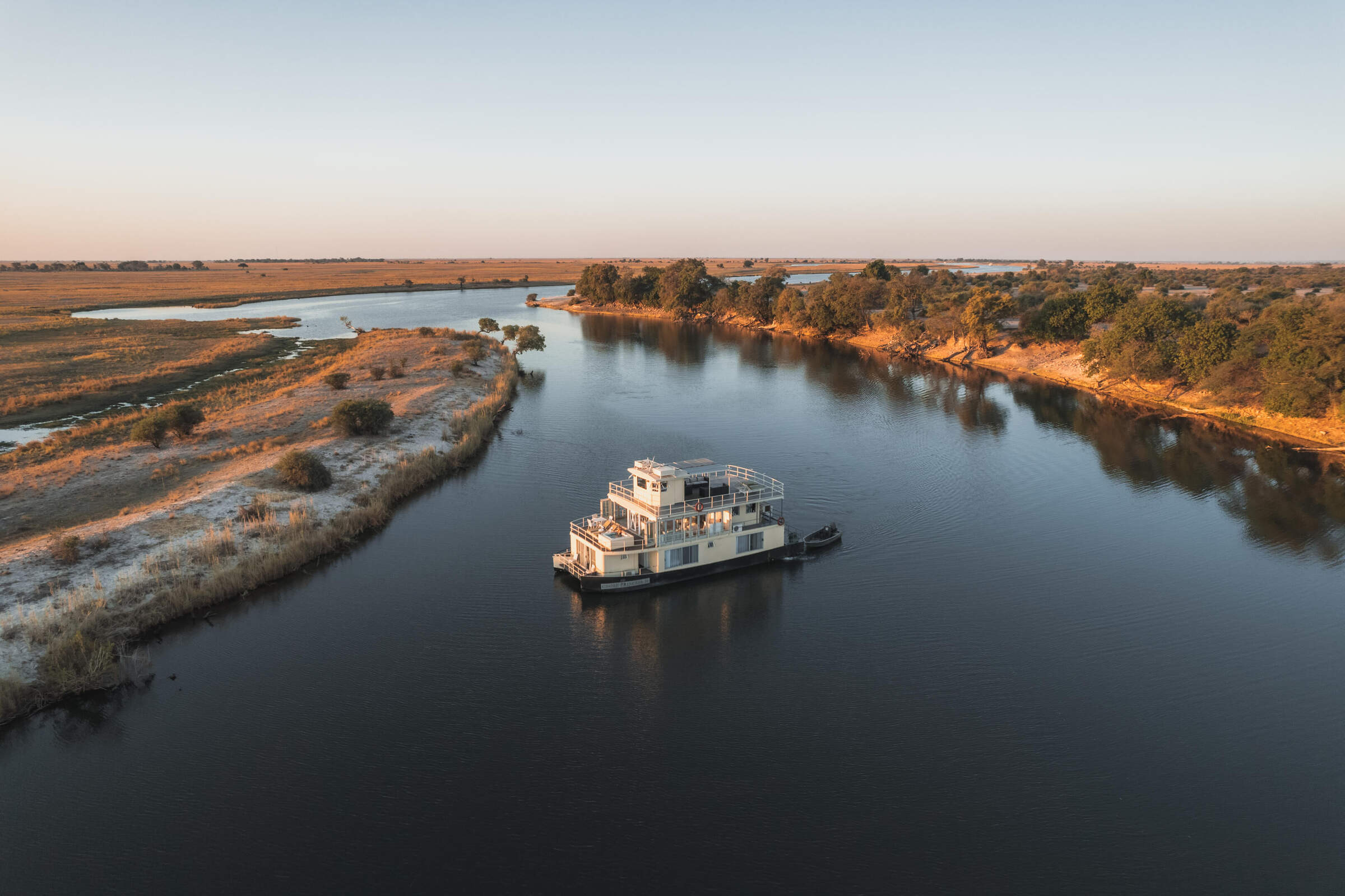
Chobe Princesses
Although not a villa or a house, each of the Chobe Princess Houseboats comes with a private chef, a guide, four twin cabins and motorboats for excursions. So it’s like a floating villa; a unique base on the Chobe – great for generally relaxing and wildlife-viewing.
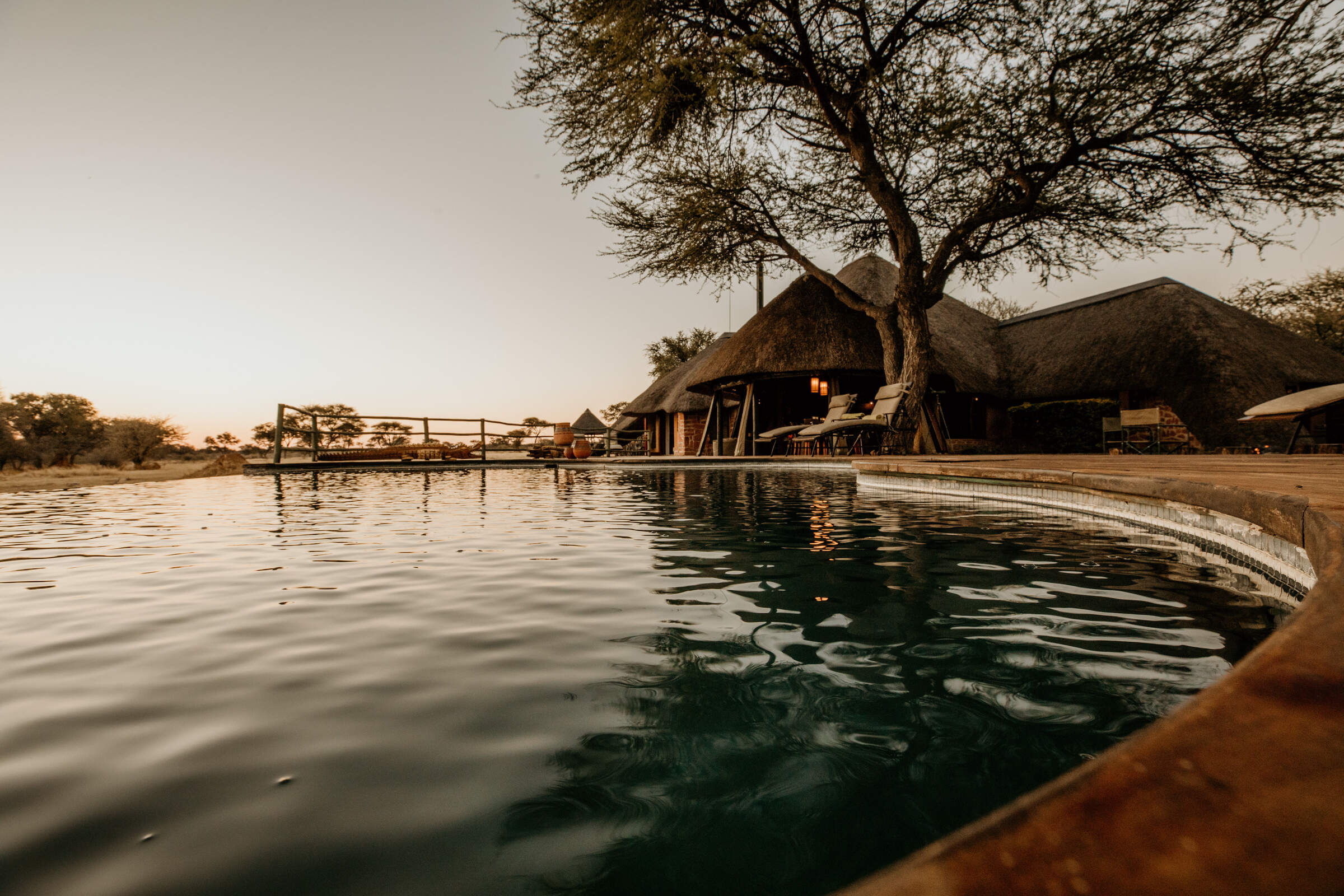
Okonjima Villa
Okonjima Villa is an amazing private villa that is fairly secluded from the main property. Suitable for a group or family of up to eight adults and four children travelling together, it guarantees a very exclusive feel to your stay at Okonjima.
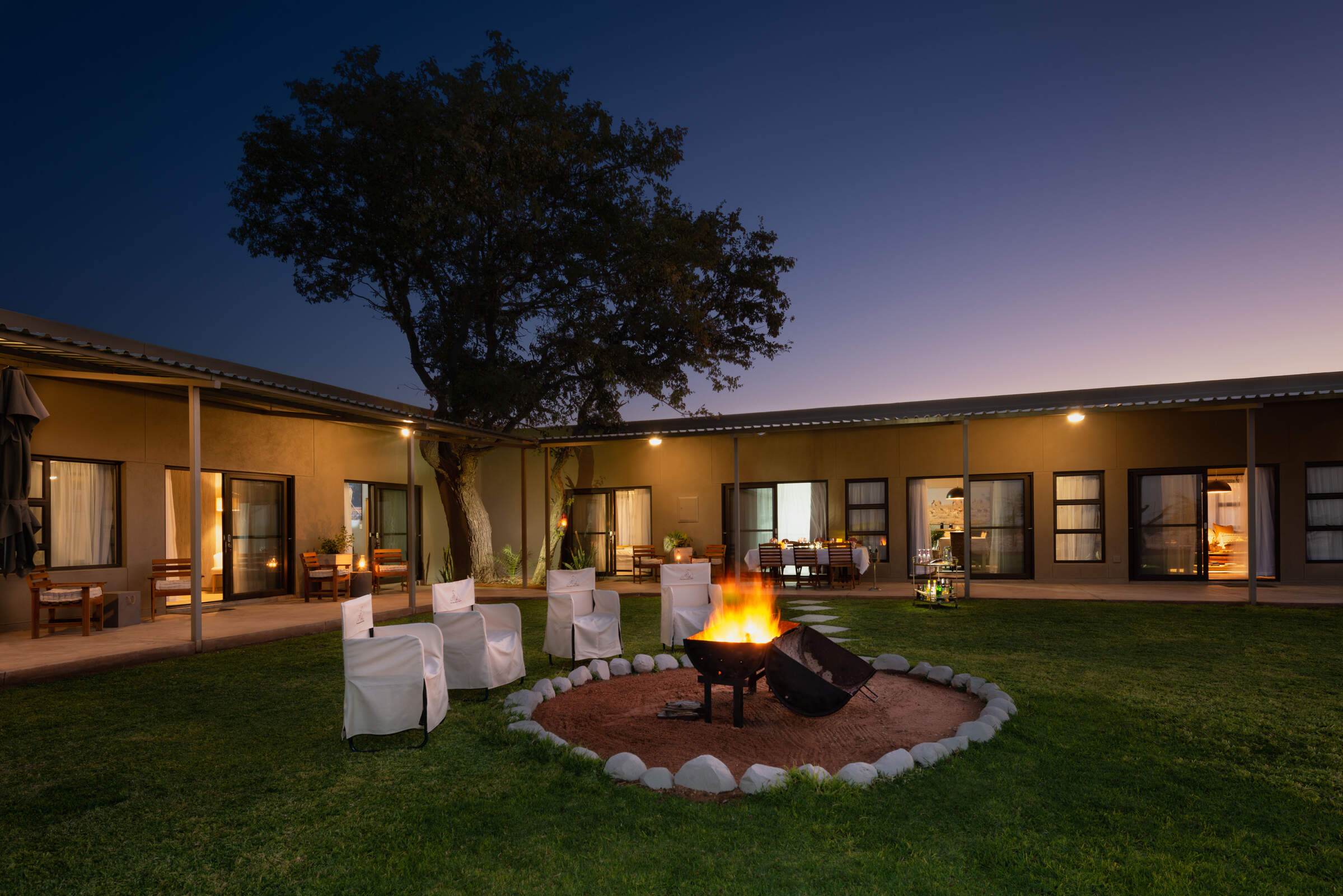
Safari House
Safari House offers an exclusive stay on the impressive Etosha Heights Reserve for up to six people. Supplied with a chef and a private vehicle and guide for activities, guests staying here have the ultimate flexibility on a Namibian safari.
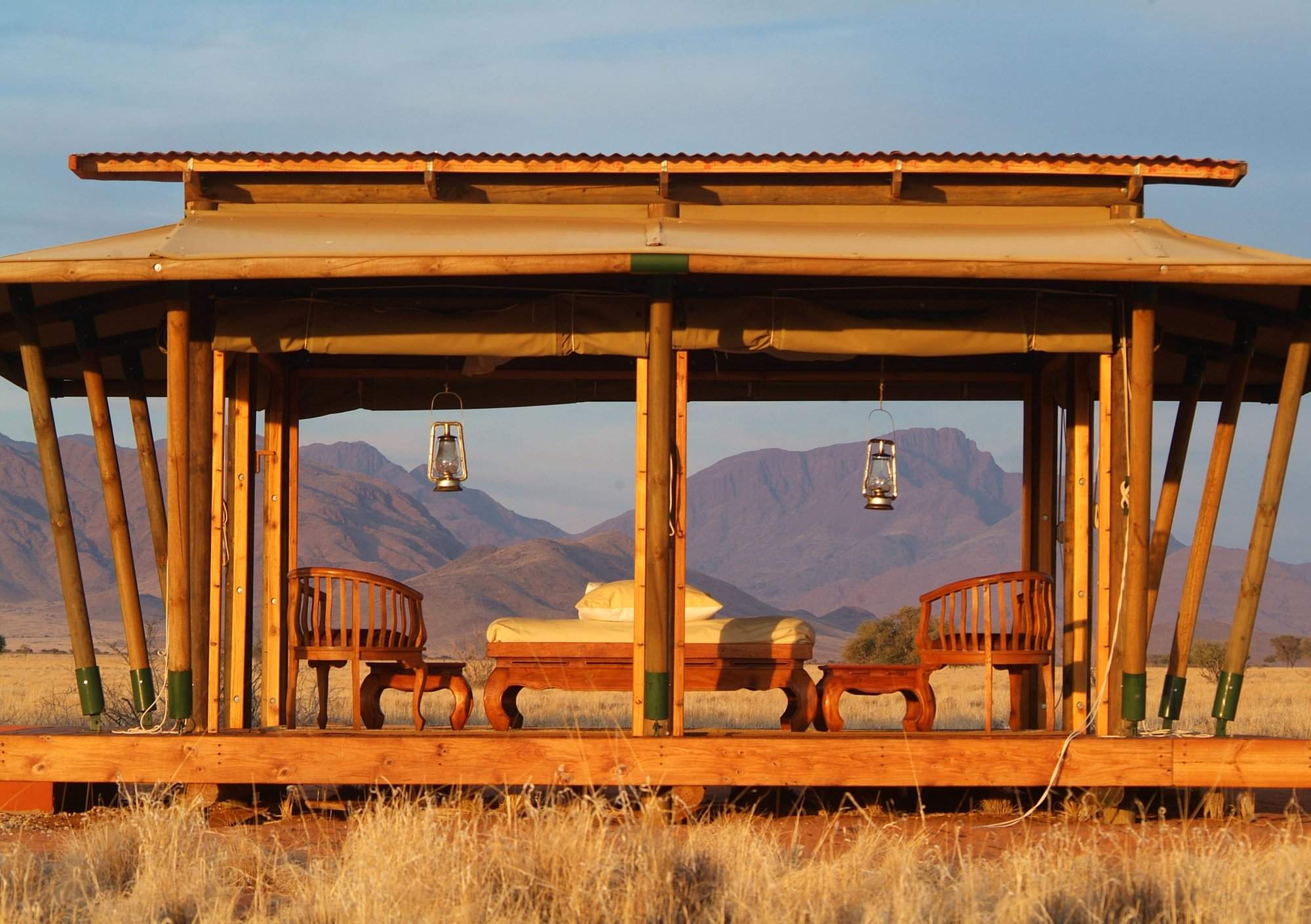
Wolwedans Plains Camp
Relax and enjoy scenic drives and walks in Wolwedans Plains Camp in the Namib Desert. With your own private chef and private guide - on request - you can enjoy exclusive private holidays in Namibia for a family or group of up to four people.
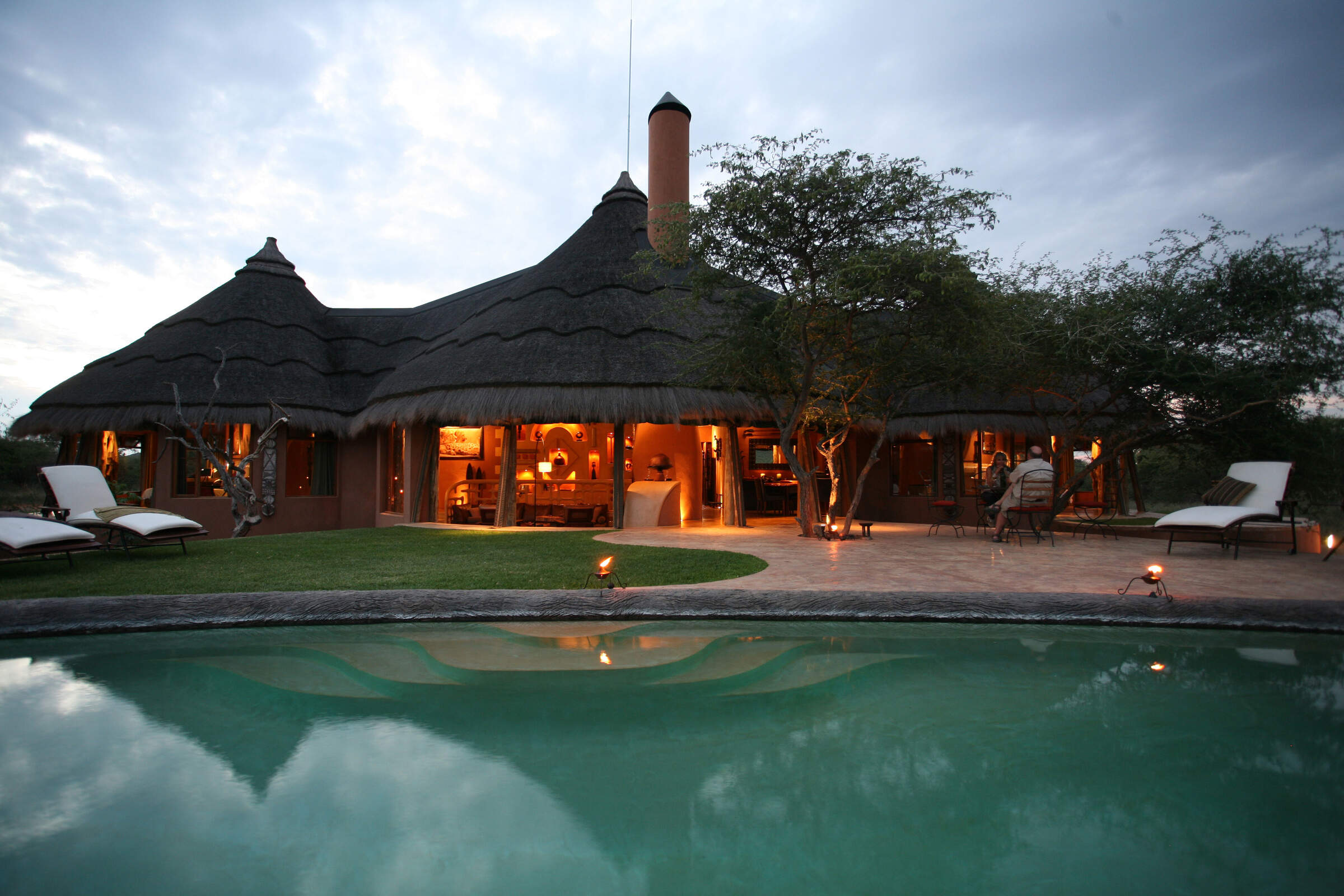
Okonjima Bush Suite
The Okonjima Bush Suite is a private house that is fully staffed and suitable for up to four people travelling together. It consists of two en-suite bedrooms, with a long plunge pool and is an ideal spot for visiting the AfriCat Foundation.
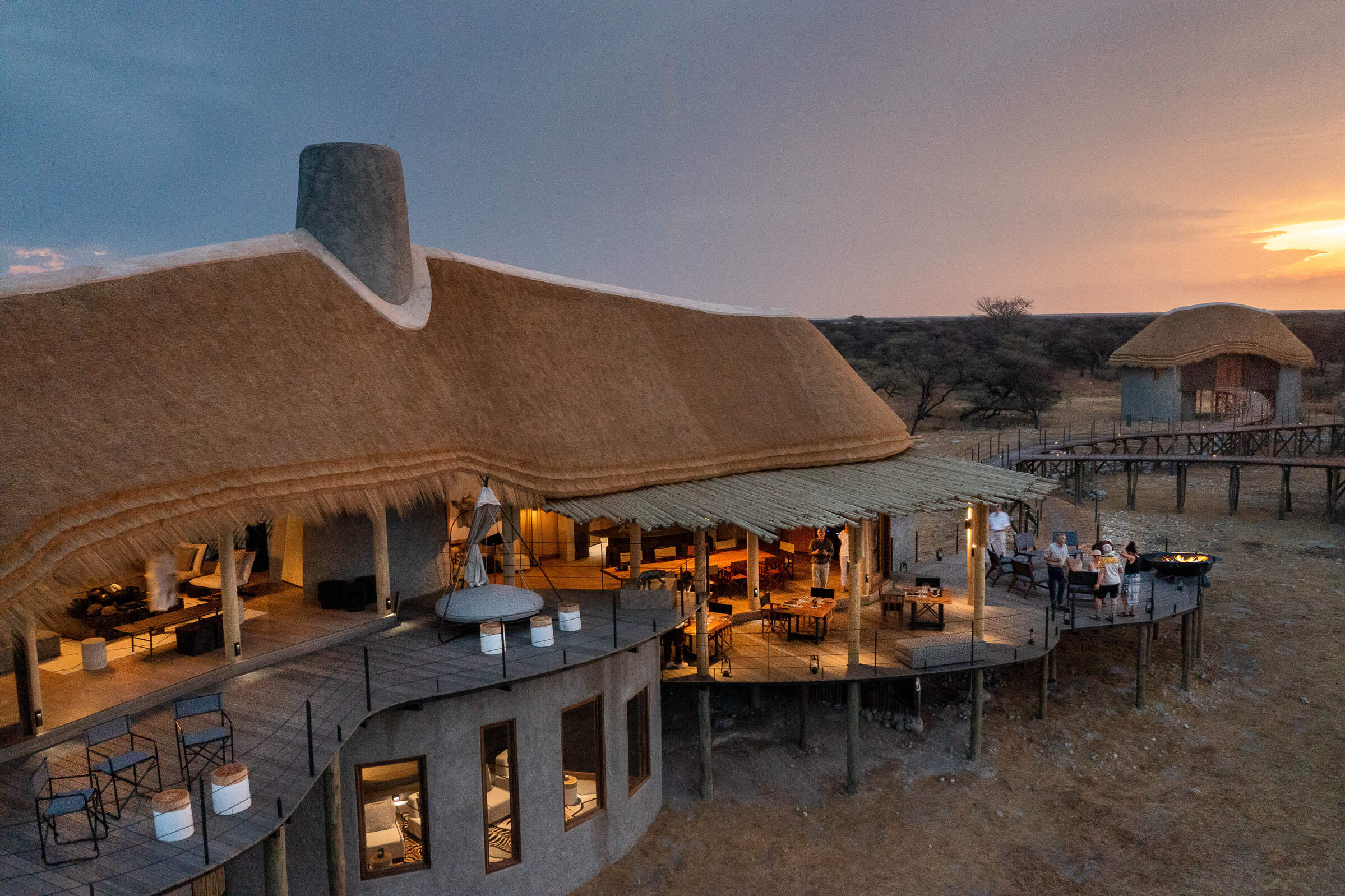
Onguma Camp Kala
Onguma Camp Kala’s four tents can be booked privately for small groups or families travelling together. Having the camp to yourselves, with your own private guide, gives the ultimate flexibility to enjoy the Onguma Reserve and Etosha.
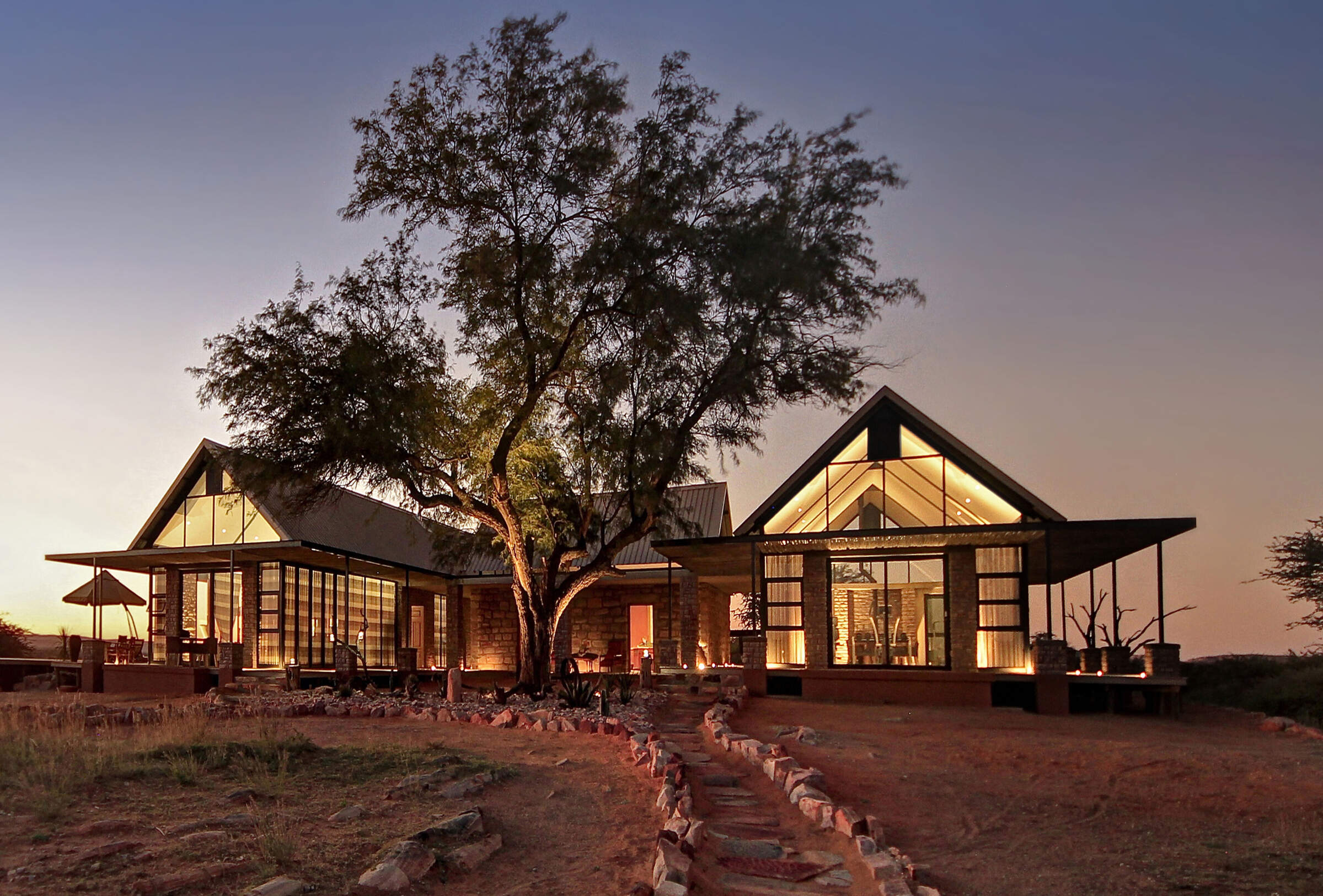
Otjimbondona
By booking the four villas at Otjimbondona exclusively a family or small group can have the whole manor house and its 30km2 reserve to themselves. Perfect for a bit of R & R at the beginning or end of a Namibian adventure.
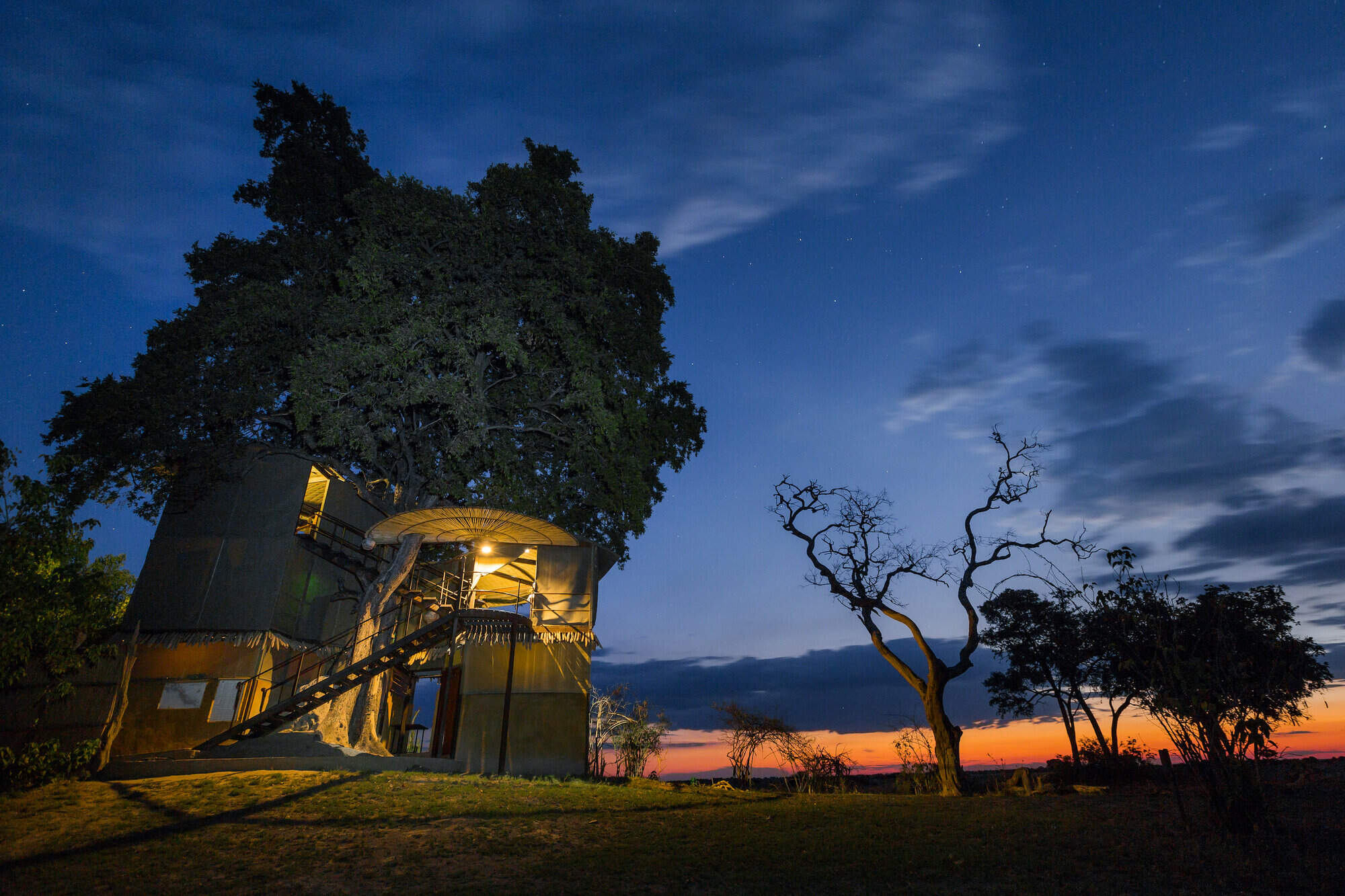
Jackalberry Camp
With just four tented rooms, Jackalberry Tented Camp on the Caprivi Strip can be booked on an exclusive-use basis for groups or families travelling together. This would be a fantastic way to enjoy this spectacular corner of Namibia.
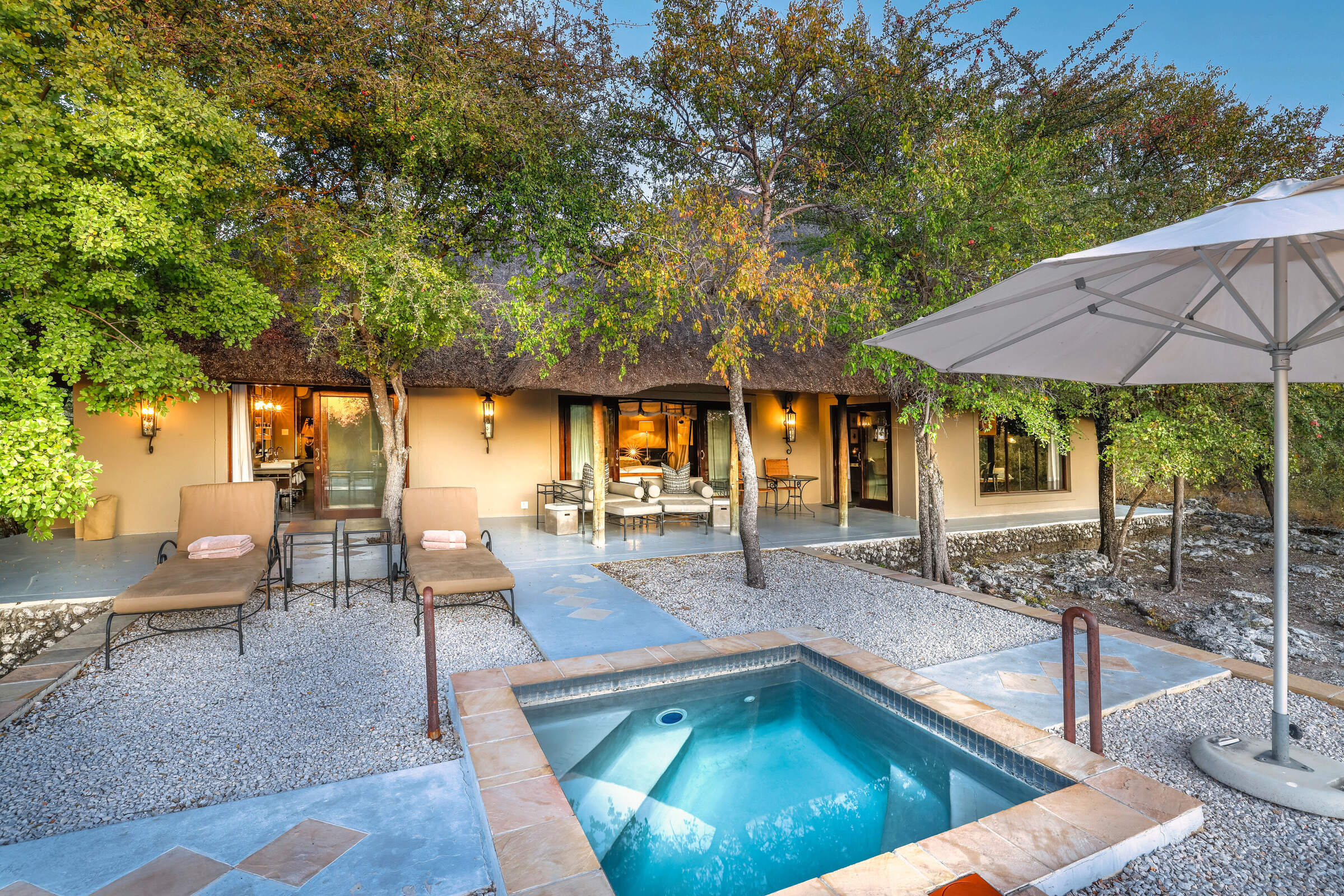
Villa Mushara
The private villas at Villa Mushara promise luxury and opulence very close to Etosha. The lounge, bathroom and your private terrace are all spacious and stylish. Enjoy your own pool and private meals on request.
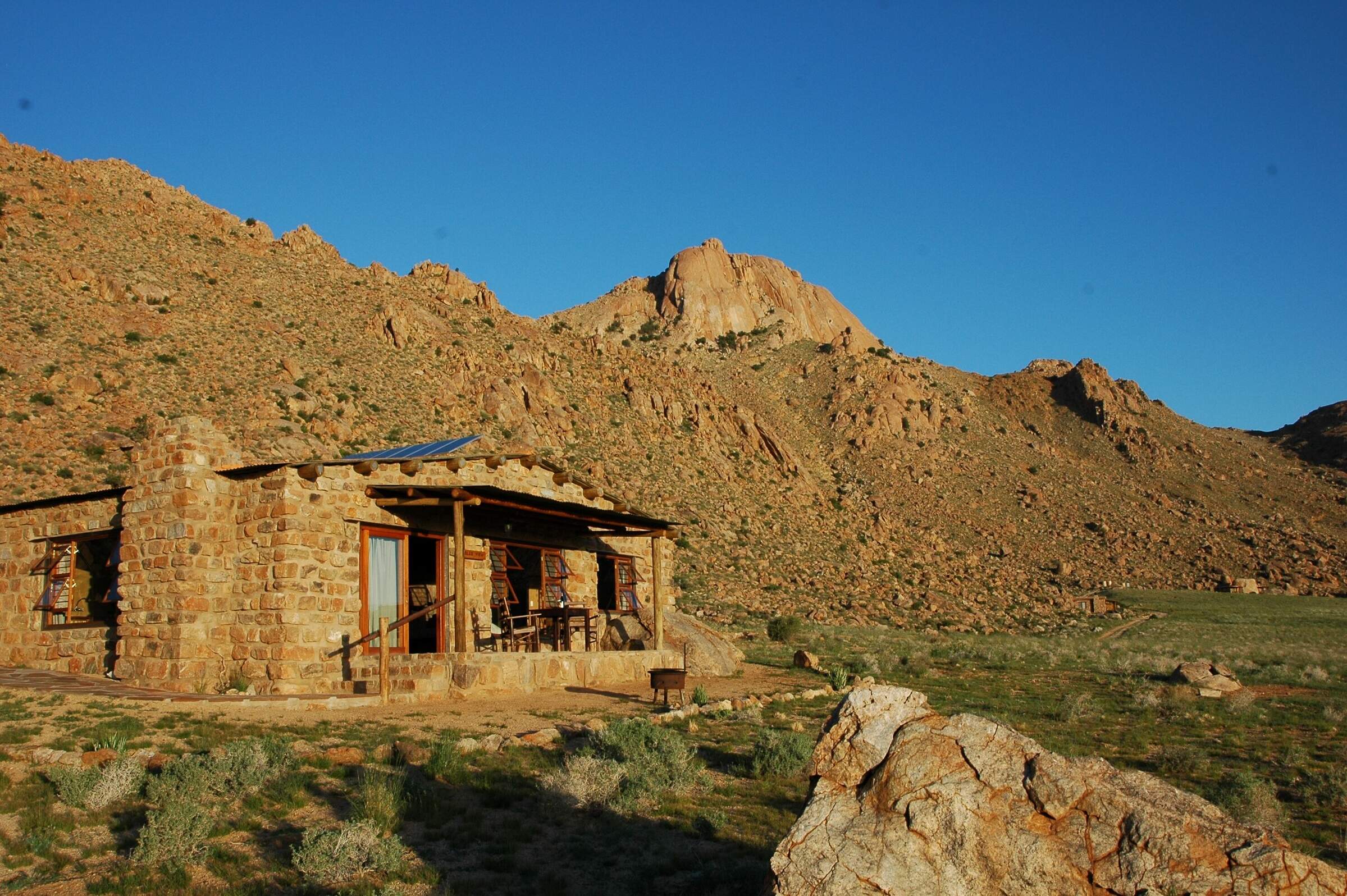
Eagle's Nest
Spaced well apart and with he option of being entirely self contained the chalets at Eagle's Nest are the perfect place to hide aways and sed a couple of night in privacy on your Namibian safari.
Best camps & lodges for Private safari camps & lodges in Africa
Private safari camps & lodges elsewhere in Africa
Our top ideas and inspiration for Private safari camps & lodges in other countries.
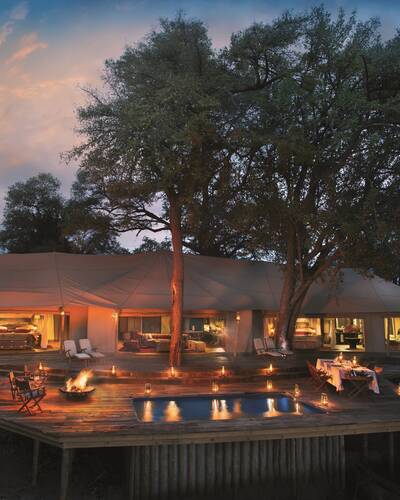
Botswana
While private villas and houses are not the norm in Botswana there are a number of tented camps ...
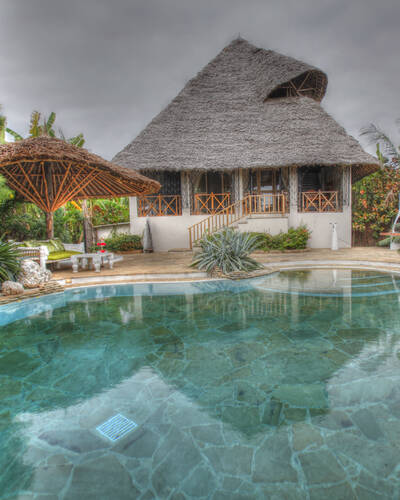
Kenya
Eating privately as a family or group of travellers in your own house can give your Kenya holiday ...
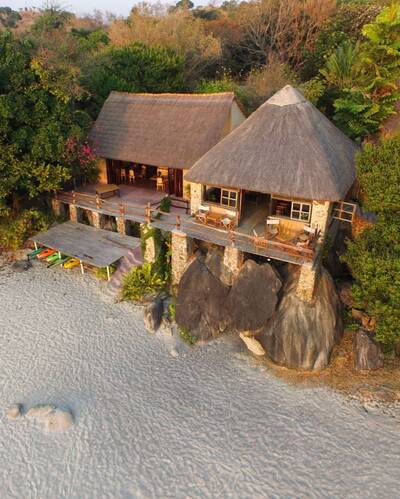
Malawi
There's currently really only one private villa in Malawi - and this offers you the possibility ...
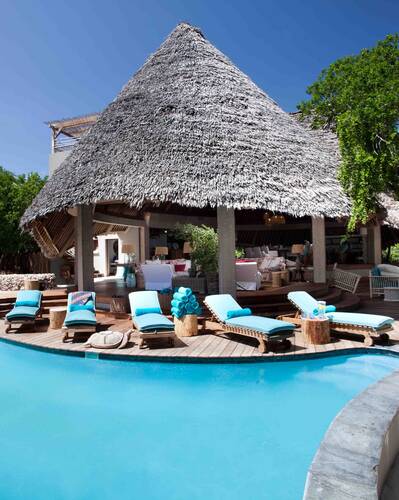
Mozambique
Mozambique is well-known for its stunning beaches and wide range of land- and water-based activities...
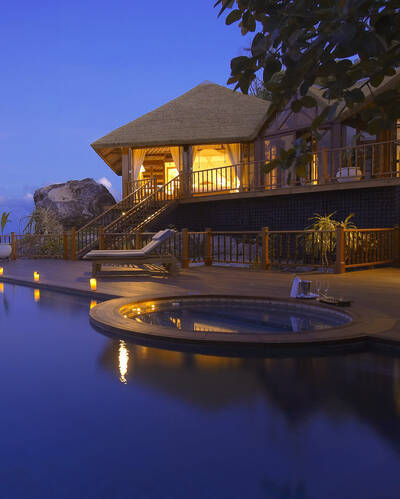
Seychelles
The Seychelles isn't short of luxurious beach retreats or five-star resorts scattered around its ...
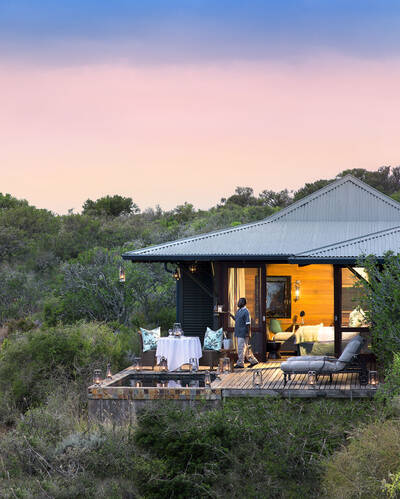
South Africa
South Africa's Cape lends itself well to family and relaxed group trips. There are several lovely ...
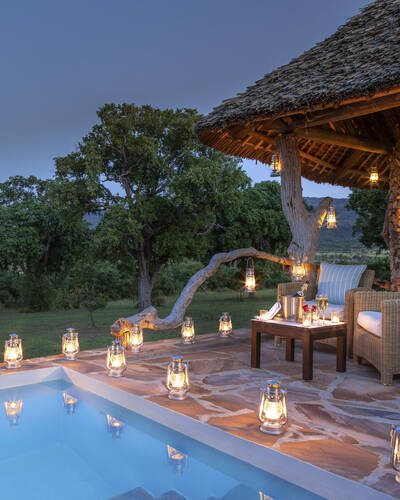
Tanzania
There are a couple of great private villas and safari houses in Tanzania, and also some excellent ...
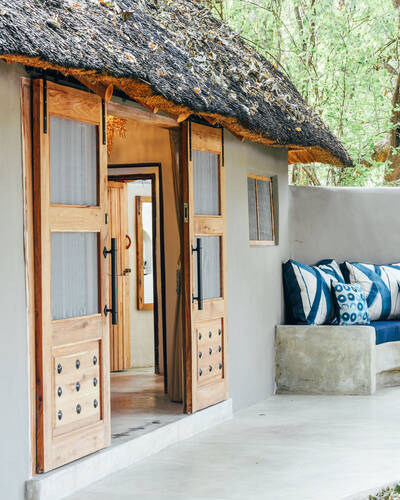
Zambia
Located in several of the country's most amazing safari reserves, Zambia has a handful of very ...
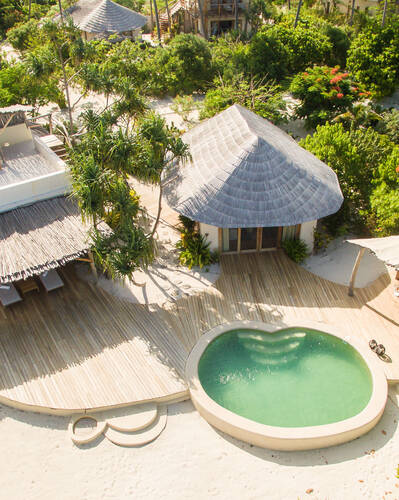
Zanzibar
Enjoy the powder-white beaches, coconut palms and turquoise water of Zanzibar from your own private ...
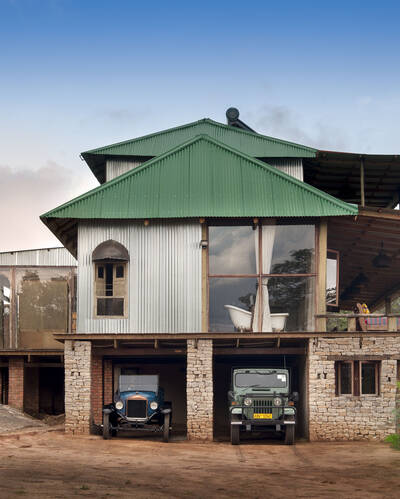
Zimbabwe
For a group or a family, private travel using villas or safari houses is the ultimate in exclusivity...
Where to see wildlife species in Namibia
Maximise the chances of seeing your favourite animals based on traveller sightings reports from the field.
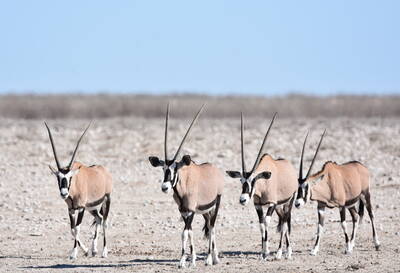
Oryx
Oryx sp.
Oryx are impressive antelopes, with a powerful physique and elegant markings set off by rapier-like horns. They cut a distinctive dash in some of Africa’s harshest landscapes.
69% SUCCESS
1,635 sightings from 2,380 observations
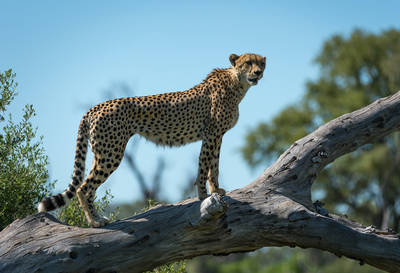
Cheetah
Acinonyx jubatus
The cheetah is the fastest land animal and the only cat that hunts by pure speed. Found largely in open grasslands, its slim, elegant form is today an increasingly rare sight.
33% SUCCESS
1,313 sightings from 3,945 observations
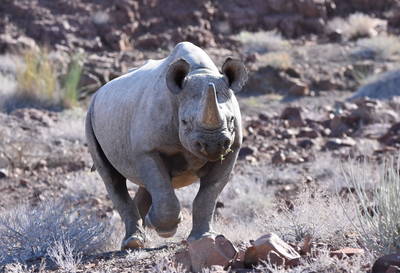
Black Rhino
Diceros bicornis
The black rhino is the smaller and rarer of Africa’s two rhino species but has the more fearsome reputation. Shy and heavily persecuted, it tends to stick to cover.
30% SUCCESS
766 sightings from 2,550 observations
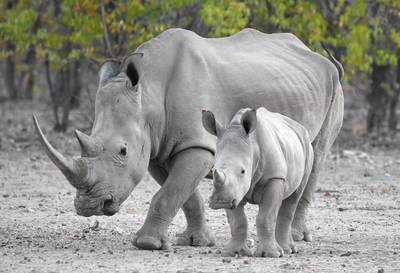
White Rhino
Ceratotherium simum
The white rhino is the largest and most numerous of the world’s five rhinoceros species. They are larger, easier to see and generally more approachable than the black rhino.
44% SUCCESS
629 sightings from 1,444 observations
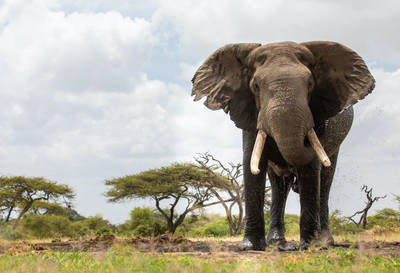
Elephant
Loxodonta africana
By far the biggest of the so-called Big Five – indeed, the largest land animal on the planet – the elephant shapes the very landscape it inhabits and is a defining presence on any safari.
91% SUCCESS
4,526 sightings from 4,976 observations
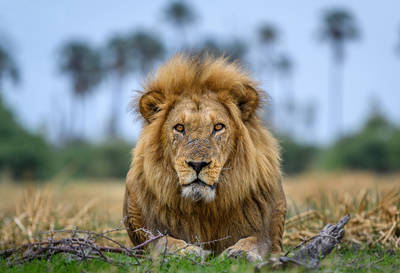
Lion
Panthera leo
Lions are at the top of the food chain and also most safari wish-lists, but with their numbers falling fast, any encounter with these majestic apex predators always feels like a privilege.
81% SUCCESS
3,752 sightings from 4,635 observations
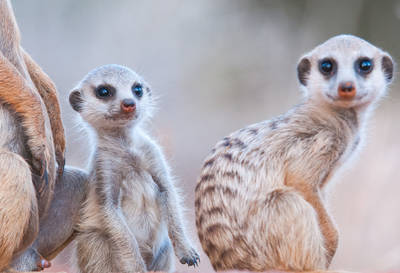
Meerkat
Suricata suricatta
These highly sociable little mammals have an endearing appearance and comical antics. Found in the drier areas of Southern Africa, close encounters are a sought-after experience.
20% SUCCESS
104 sightings from 522 observations
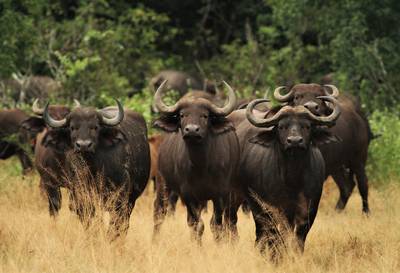
Buffalo
Syncerus caffer
One of the ‘Big Five’, buffalo earned a fearsome reputation in hunters’ tales. By contrast, big herds of these sociable bovids are placid, but mount formidable defences against predators.
83% SUCCESS
3,157 sightings from 3,811 observations
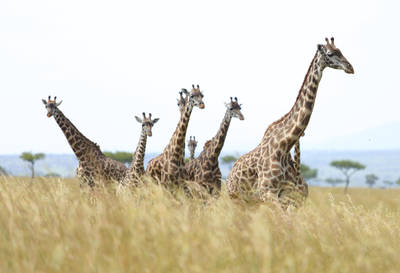
Giraffe
Giraffa camelopardalis
The world’s tallest land mammal, giraffes are herbivores which have evolved many unique adaptations. Their iconic outlines tower above the bush in many of Africa’s wildlife areas.
86% SUCCESS
4,362 sightings from 5,094 observations
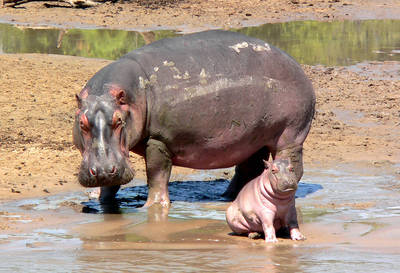
Hippo
Hippopotamus amphibius
The territorial calls of the hippo create a signature soundtrack to Africa’s rivers & wetlands. Despite an endearing smile, this aquatic herbivore has a notoriously aggressive disposition.
89% SUCCESS
3,296 sightings from 3,696 observations
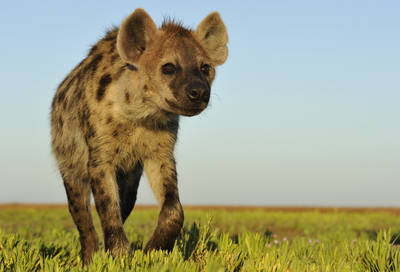
Spotted Hyena
Crocuta crocuta
The spotted hyena may be thought of as ‘ugly’ and ‘cowardly’. In fact, this versatile and intelligent carnivore is one of Africa’s most fascinating and warrants attention on any safari.
55% SUCCESS
2,674 sightings from 4,894 observations
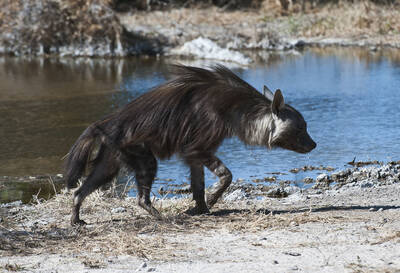
Brown Hyena
Parahyaena brunnea
This largely solitary scavenger is one of the more elusive and little-known of Africa’s carnivores. Shaggier than its spotted cousin, it occurs only in the arid southwest of the continent.
15% SUCCESS
297 sightings from 1,917 observations
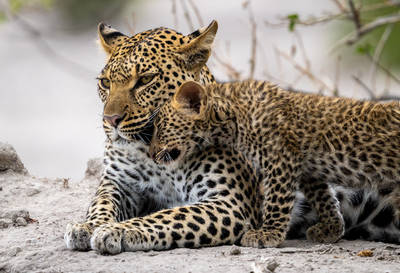
Leopard
Panthera pardus
The most numerous of Africa’s big cats, leopard occur across many habitats, from wild tracts to populated areas. Their grace and their elusive nature make them a unique safari drawcard.
47% SUCCESS
2,417 sightings from 5,144 observations
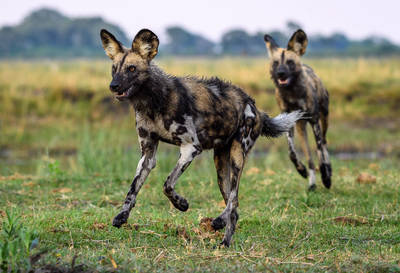
Wild dog
Lycaon pictus
African wild dogs are among the continent’s most compelling animals. Much misunderstood, these rare, tie-dyed canids are amazingly efficient hunters with a fascinating social life.
32% SUCCESS
1,073 sightings from 3,391 observations
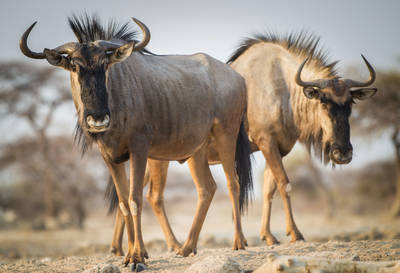
Wildebeest
Connochaetes sp.
Superficially bovine in appearance, wildebeests are known for their spectacular migrations sometimes in huge numbers. These resilient animals are some of Africa’s most successful herbivores.
67% SUCCESS
3,065 sightings from 4,544 observations
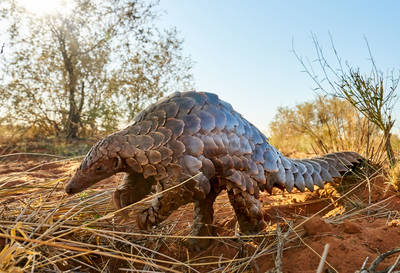
Pangolin
Smutsia sp.
Pangolins appear to be more pine cone than animal in their unique armoury of scales. These nocturnal, ant-eating oddities are not only highly elusive but also increasingly rare.
2% SUCCESS
70 sightings from 4,111 observations
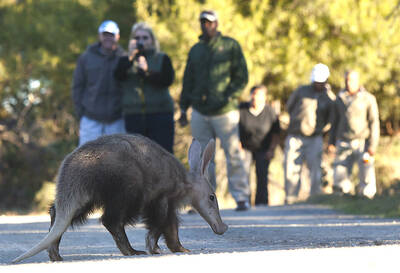
Aardvark
Orycteropus afer
The aardvark is one of Africa’s most bizarre and enigmatic animals. A shy, nocturnal termite-eater, signs of its presence may be scattered about the bush whilst sightings remain elusive.
2% SUCCESS
83 sightings from 4,066 observations
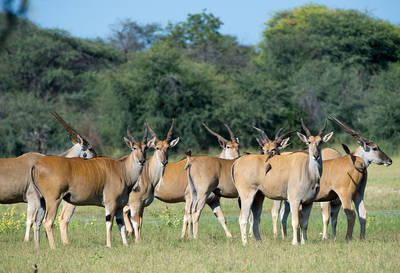
Eland
Taurotragus oryx
Africa’s largest antelope, eland are culturally important from prehistoric rock art to modern game farms. Though widespread, they are also shy so sightings are uncommon and often fleeting.
49% SUCCESS
1,788 sightings from 3,630 observations
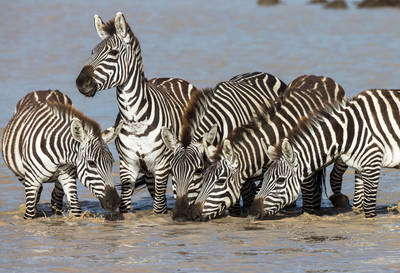
Zebra
Equus sp.
The zebra is a quintessential African animal: the horse in stripy pyjamas at the end of every child’s A–Z. There are three species, of which the plains zebra is much the most common.
84% SUCCESS
4,749 sightings from 5,650 observations
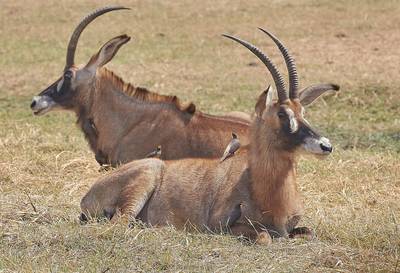
Roan antelope
Hippotragus equinus
Africa’s second largest antelope and one of its most handsome, with a powerful build and distinctive markings, roan are wary of people, but renowned for their bravery against predators.
25% SUCCESS
612 sightings from 2,486 observations
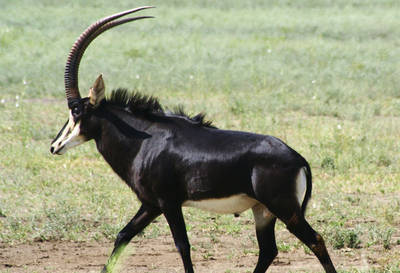
Sable antelope
Hippotragus niger
Perhaps Africa’s most beautiful antelope, sable are renowned for their combative nature, even holding off lions. Shy and restricted in range, sightings of sable are always special.
24% SUCCESS
593 sightings from 2,501 observations
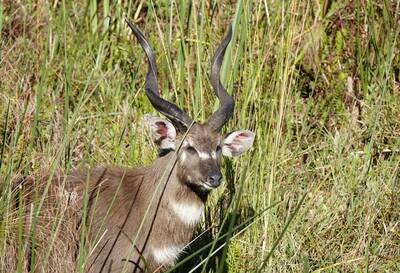
Sitatunga
Tragelaphus spekii
The sitatunga is the most aquatic of Africa’s antelopes and specially adapted to its swampy habitats. Though widespread across Africa, only a handful of places offer reliable sightings.
19% SUCCESS
82 sightings from 430 observations

Looking for inspiration on where to travel next?
Visit our trip chooser to explore your options and find inspiration for your perfect African adventure
Inspire meOther styles of holiday in Namibia
Discover all that Namibia has to offer
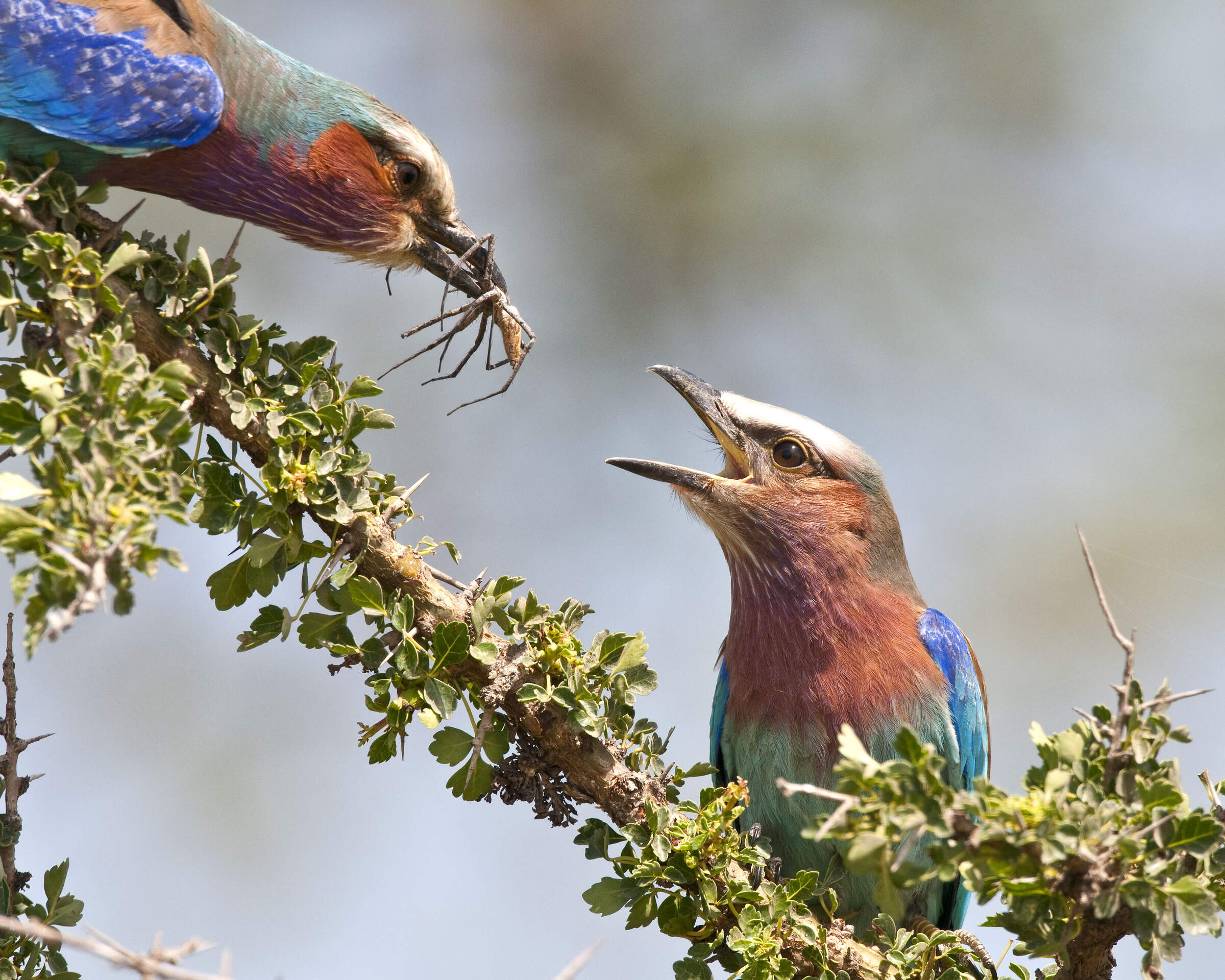
Birdwatching safaris
Diverse habitats, discreet hides and superb guiding.
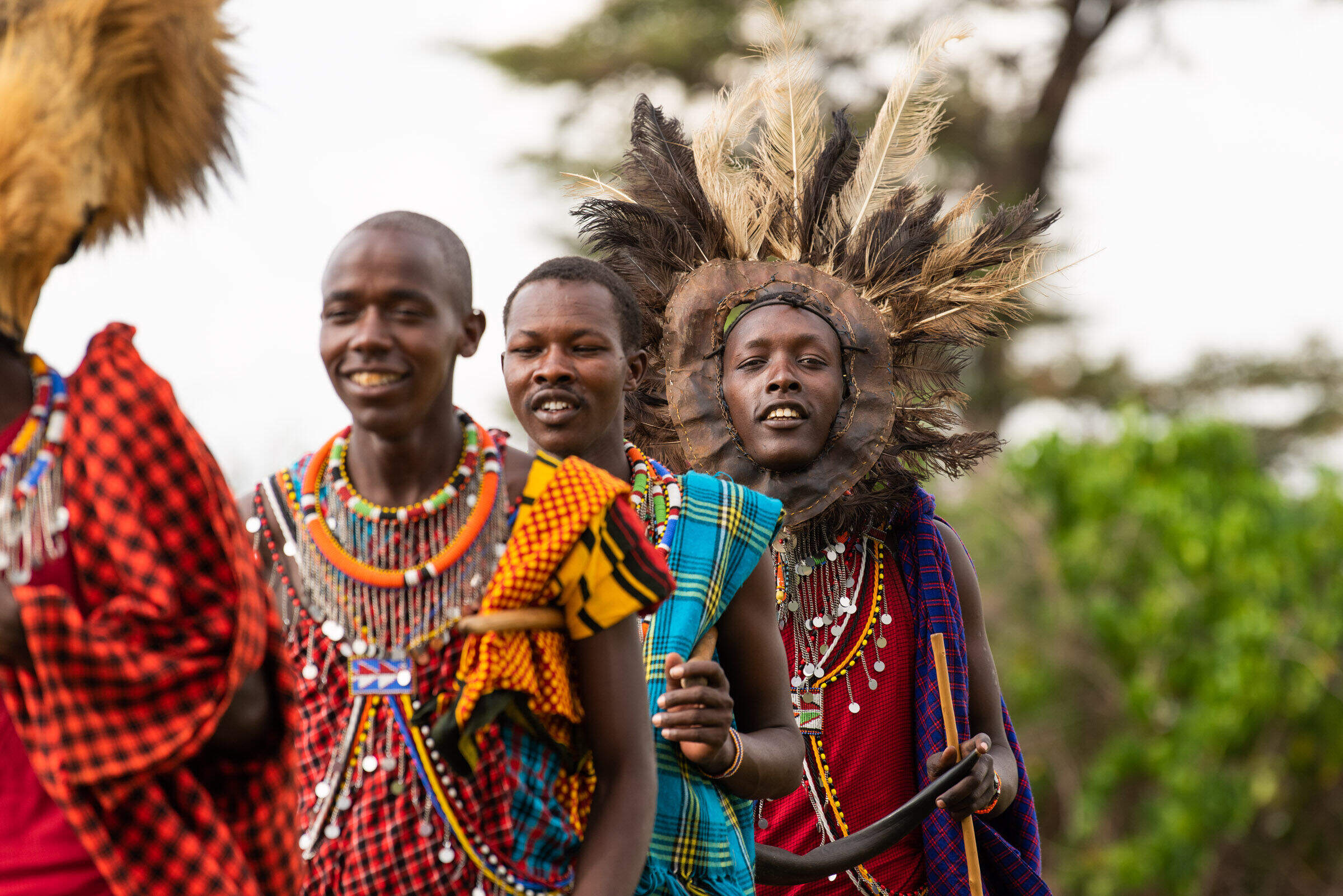
Cultural Experiences
Get authentic insight into Africa's cultures, communities and history.
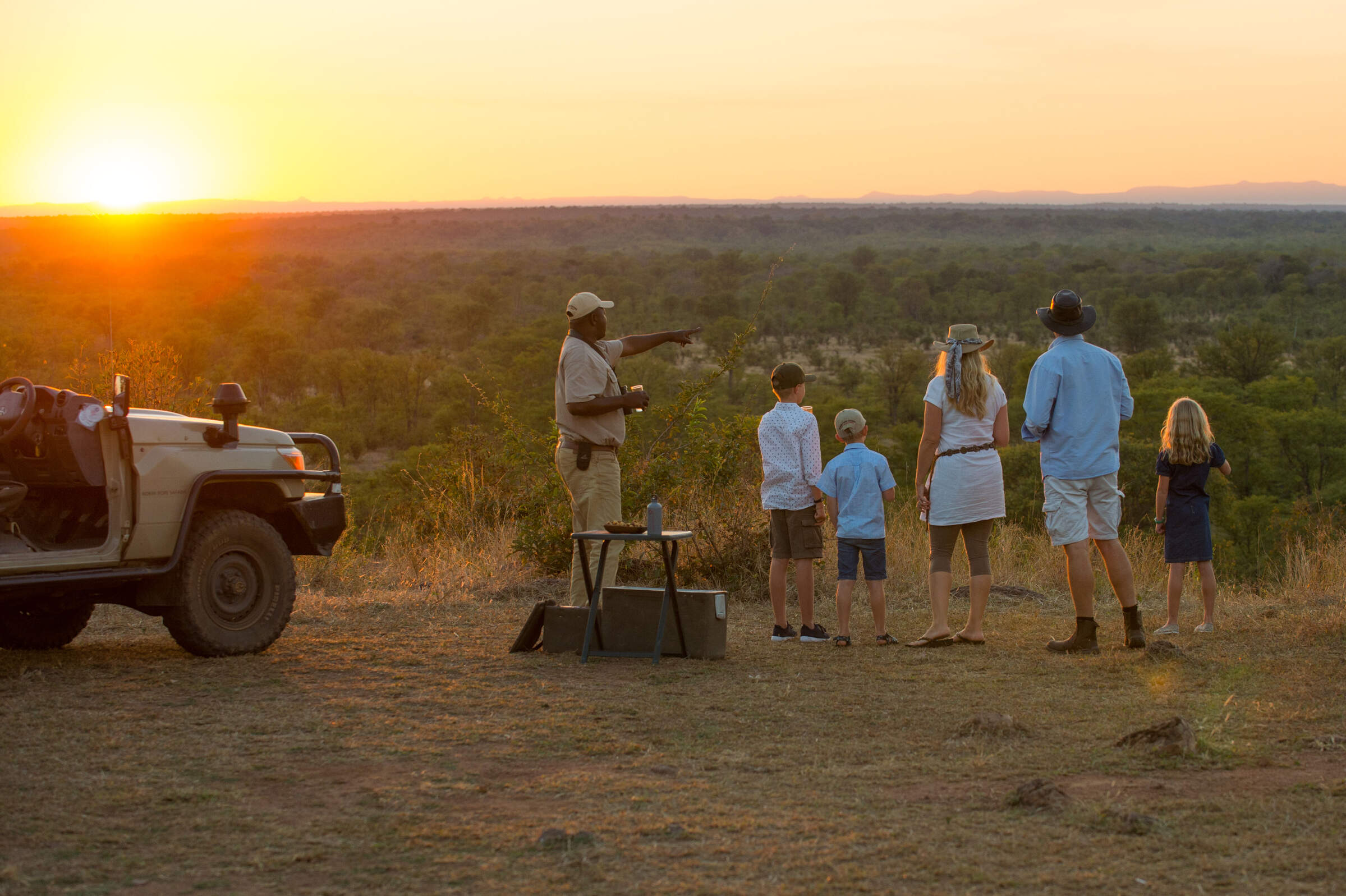
Family safaris
Our collection of incredible family safaris
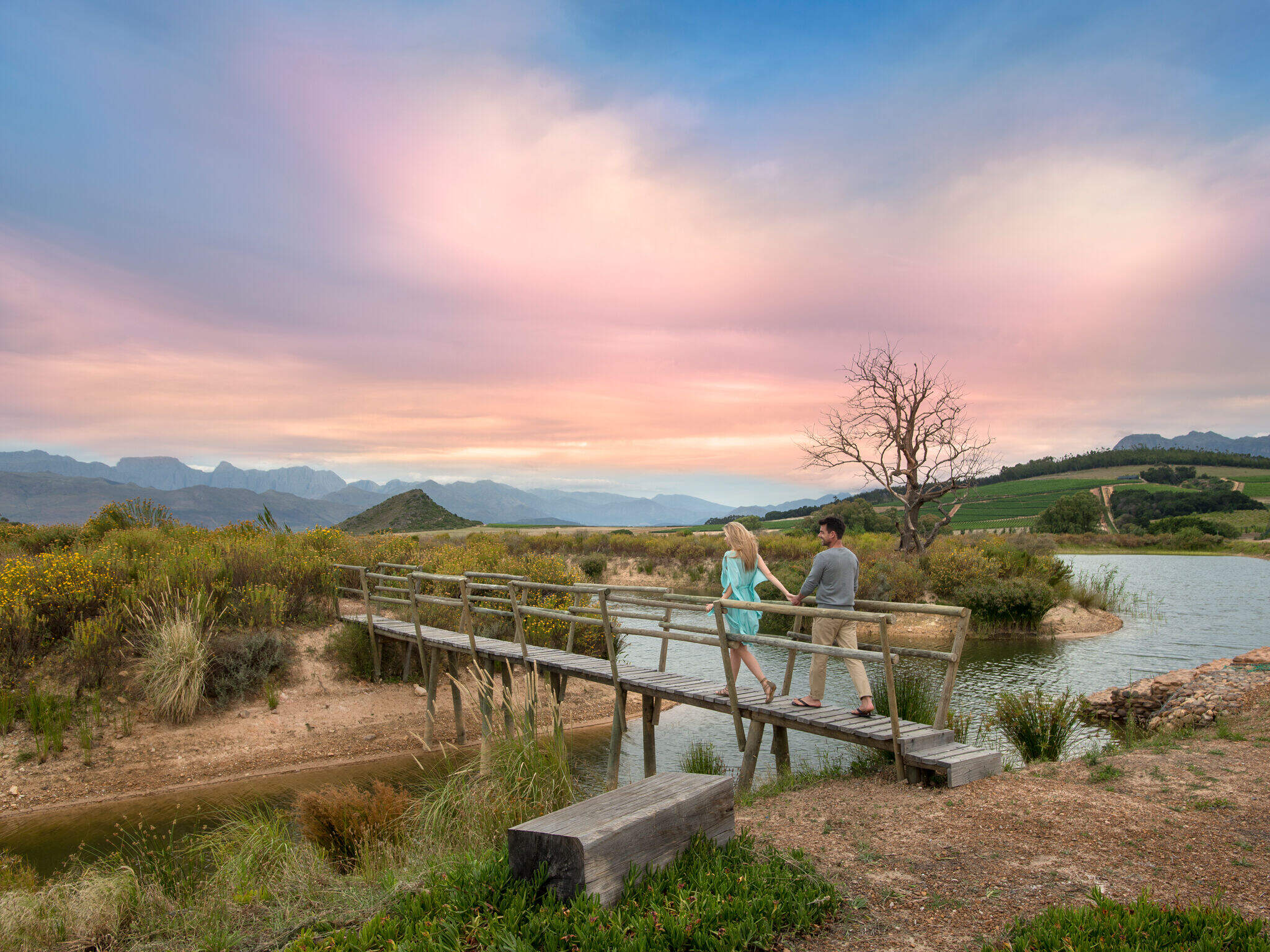
Honeymoons
Romantic safaris and castaway island retreats.
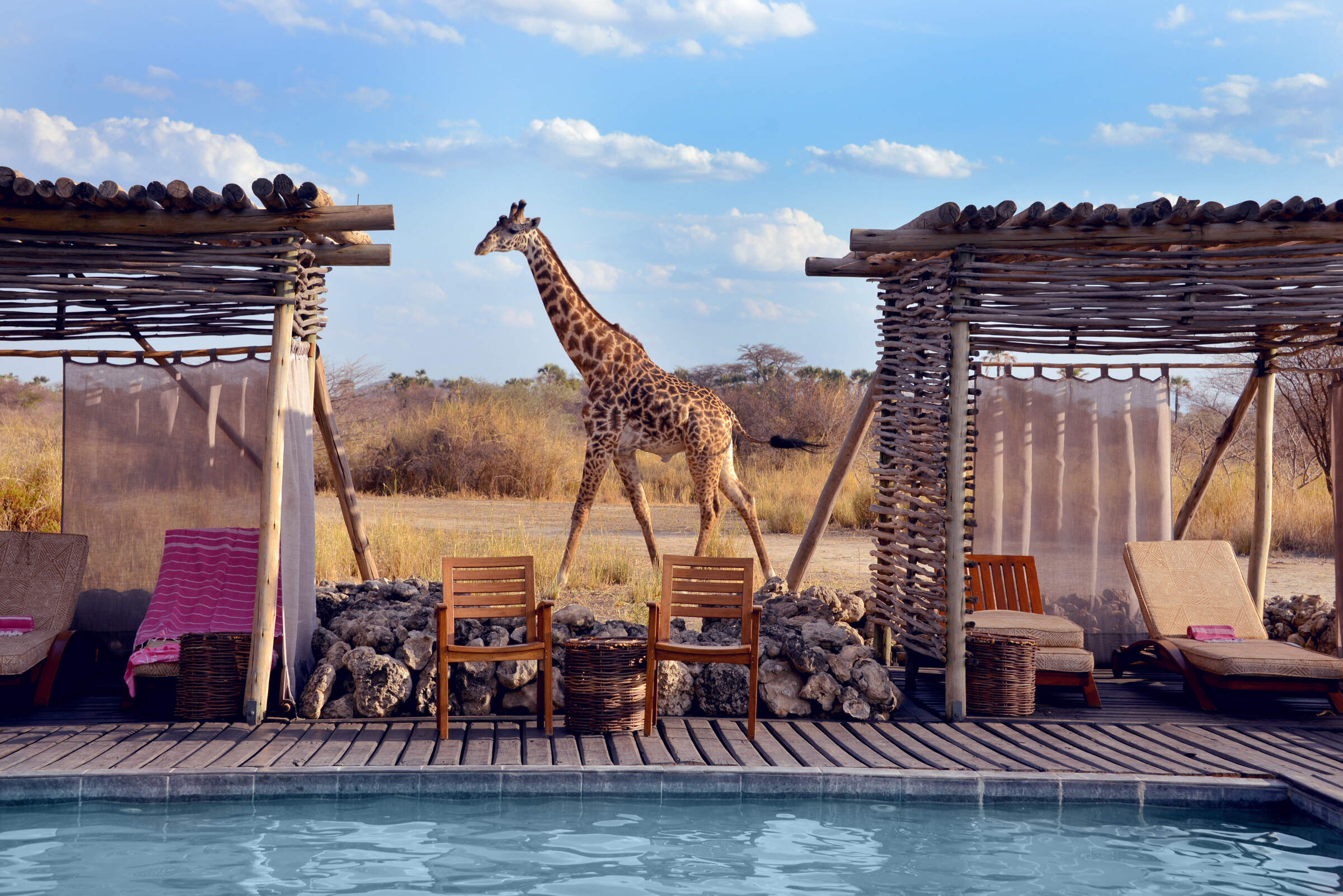
Luxury safaris
First-class service, scenic vistas and unparalleled comfort await you during these carefully selected luxury holidays.
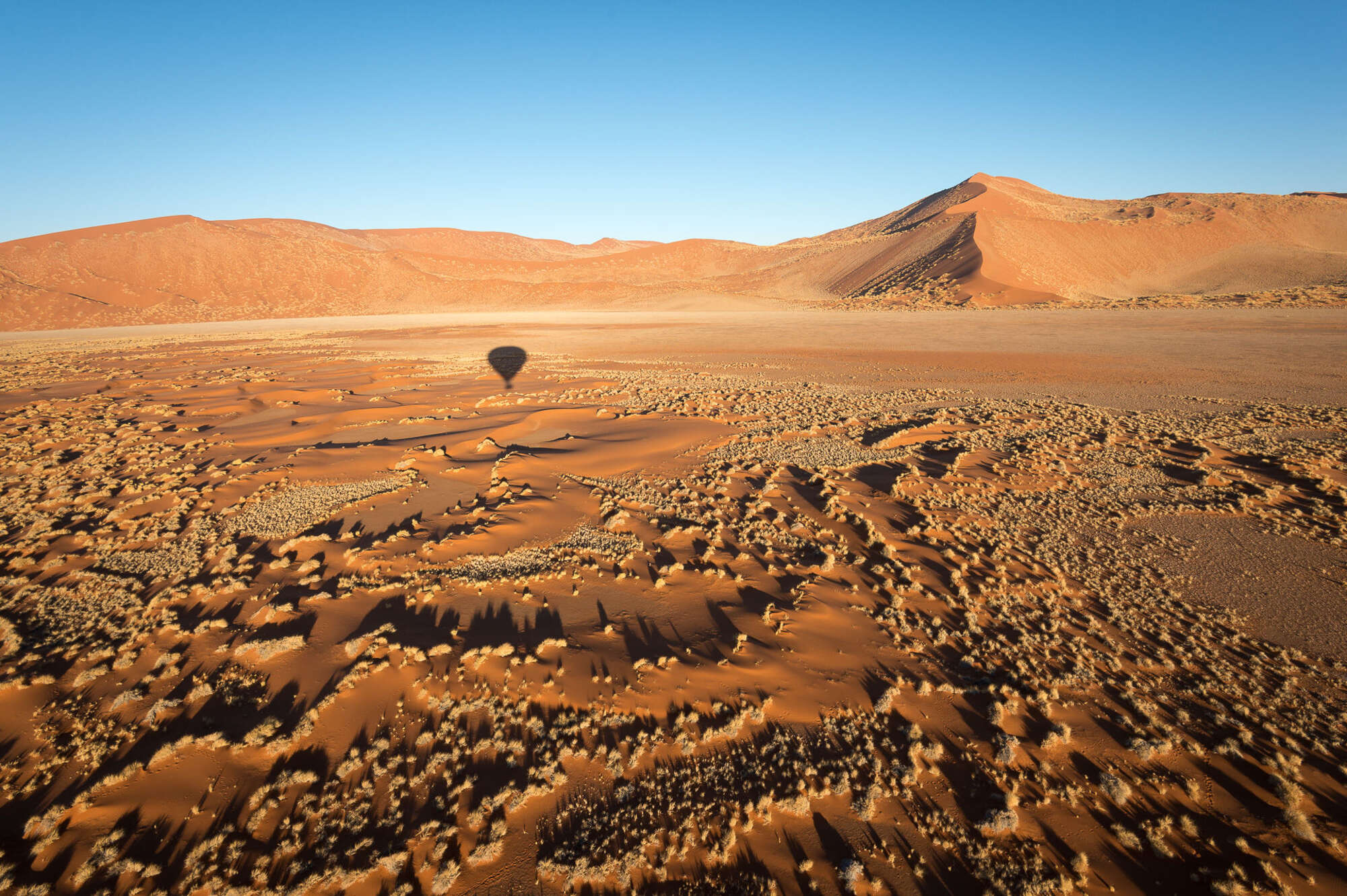
Photography safaris
Great holidays to suit the keen photographer.
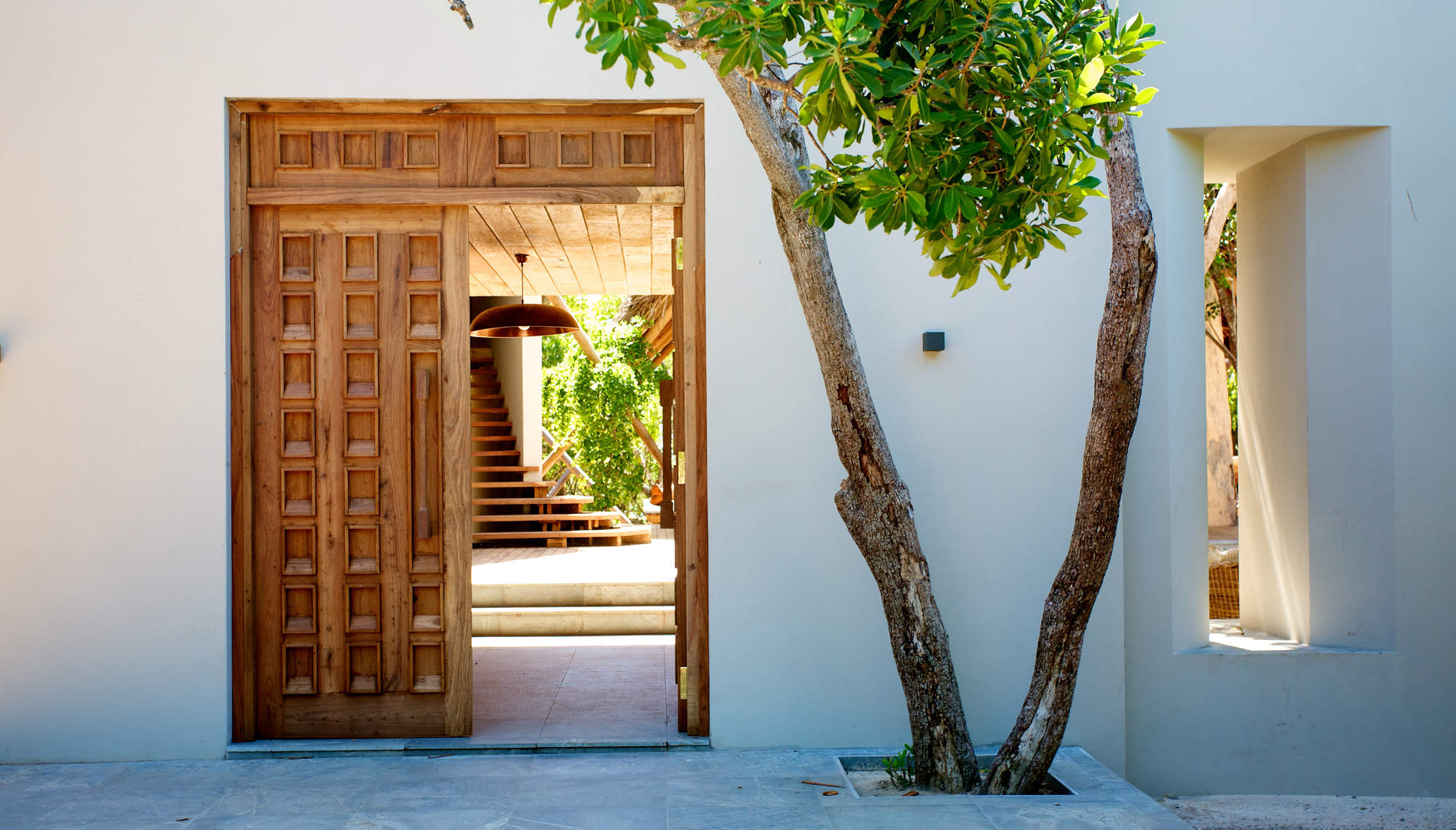
Private safari camps & lodges
Enjoy Africa with just your friends & family
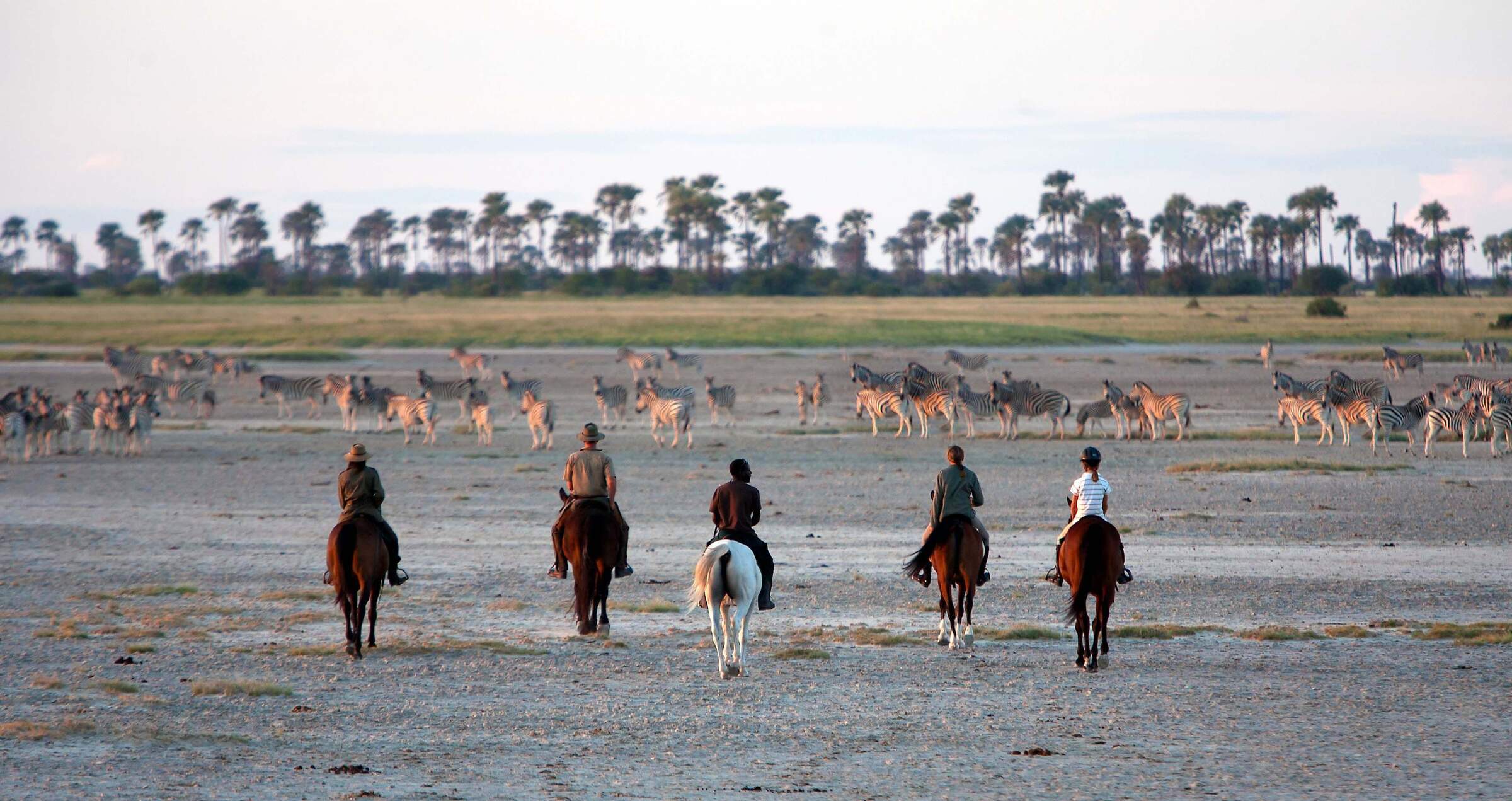
Riding safaris
Explore Africa's wilderness on horseback.
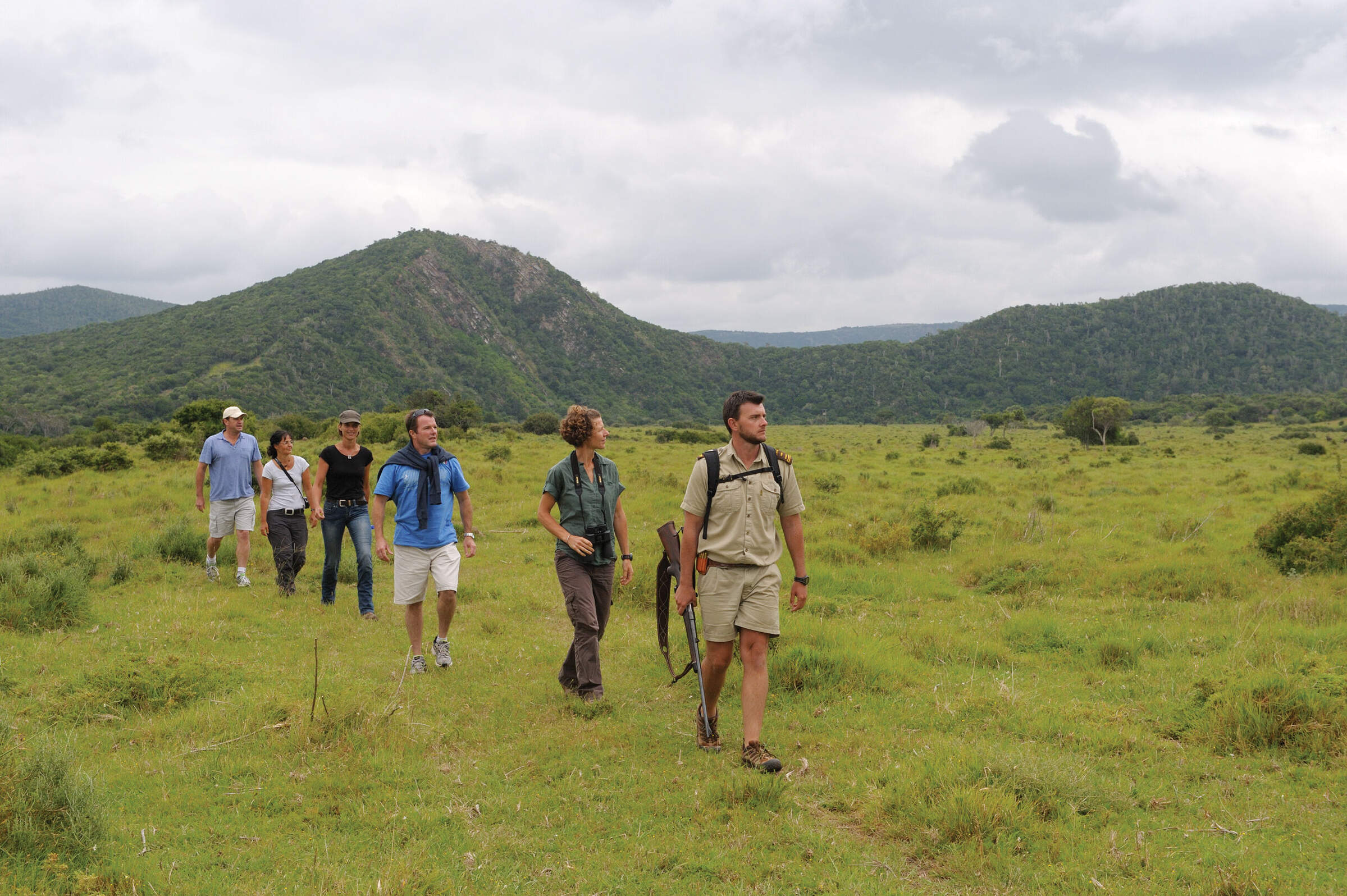
Scenic walking & hiking
Explore Africa's most scenic hiking trails on foot, with or without a guide.
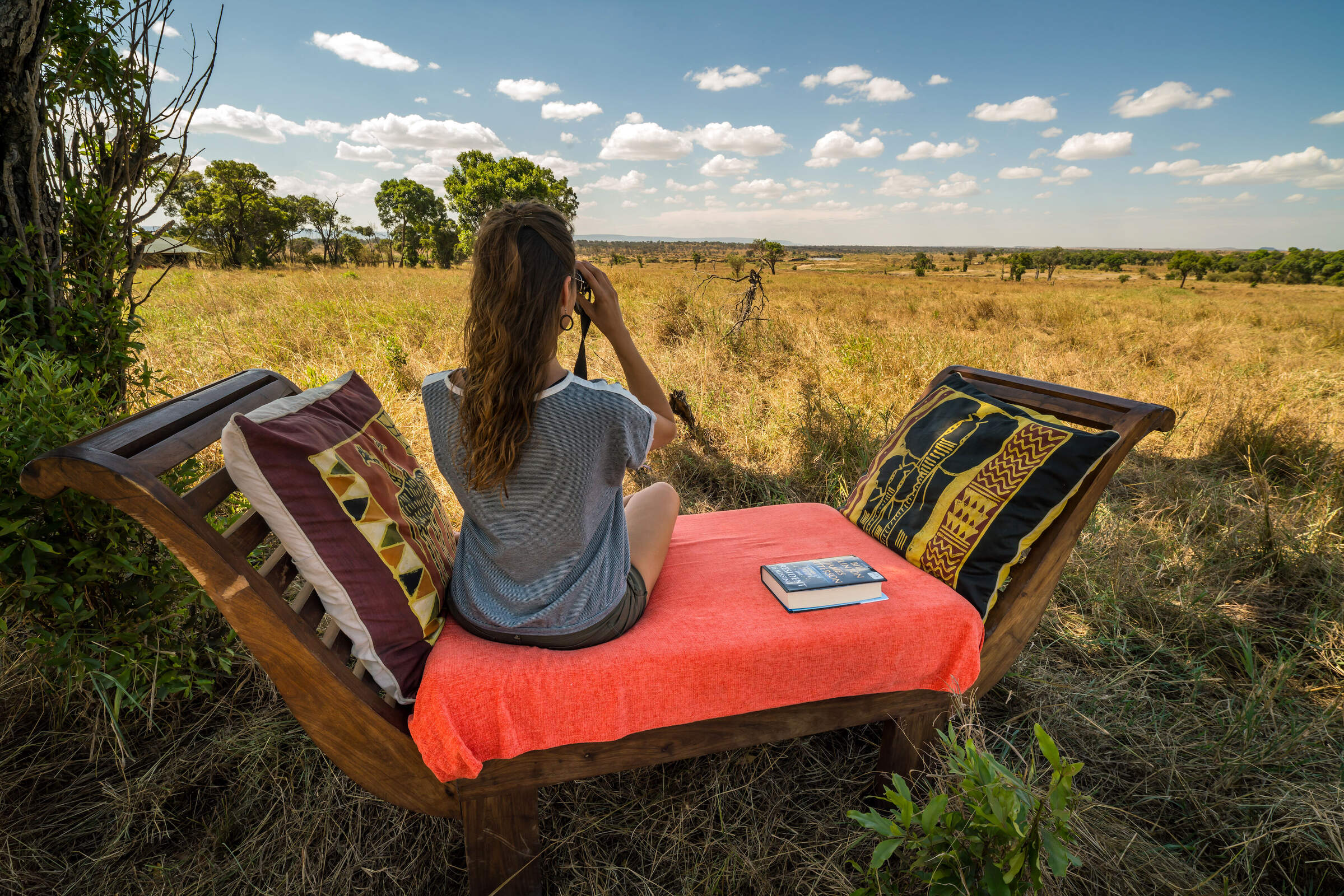
Solo safaris
Trip ideas ideally suited for a solo traveller.
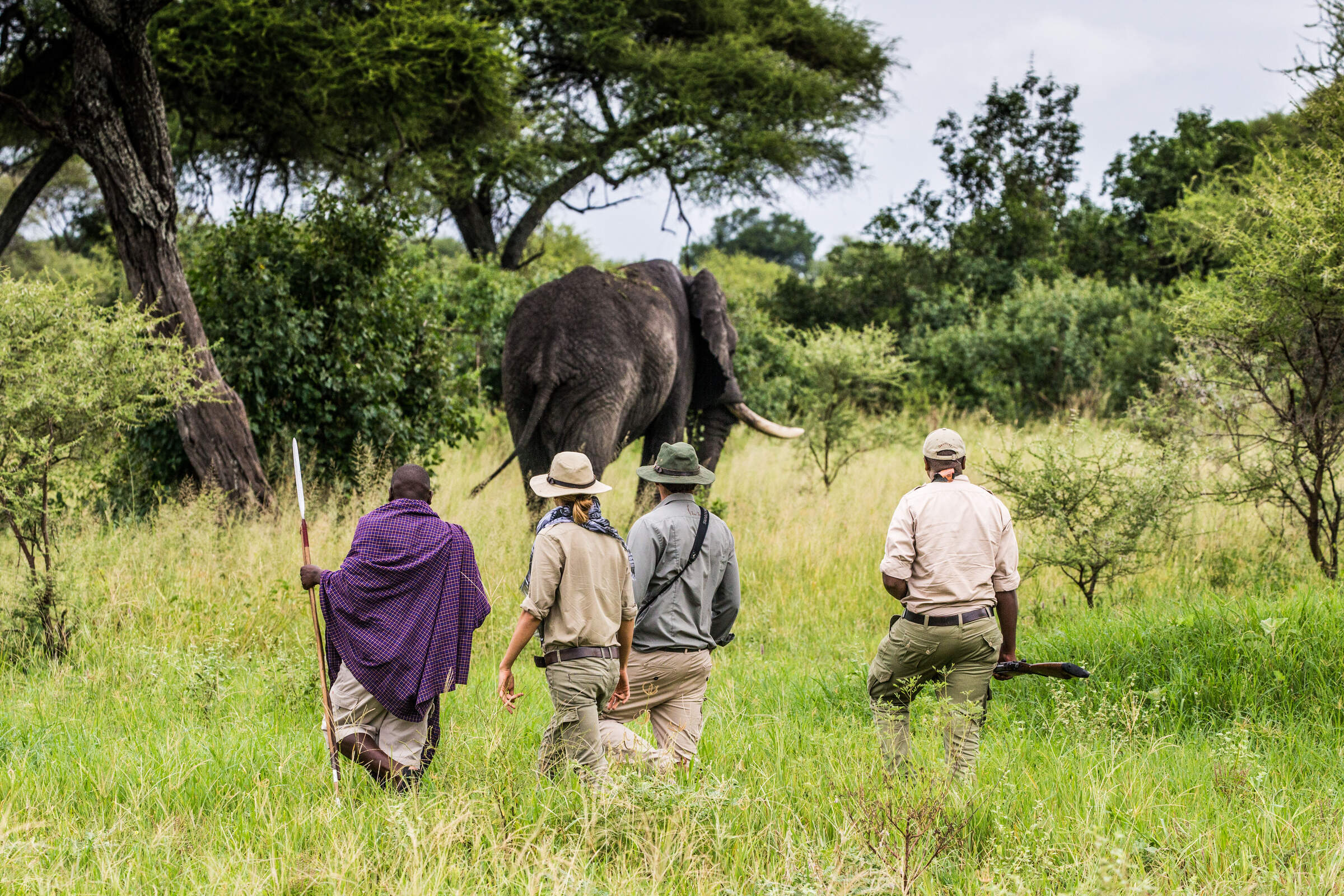
Walking safaris
Discover Africa's wildlife and wilderness on foot.
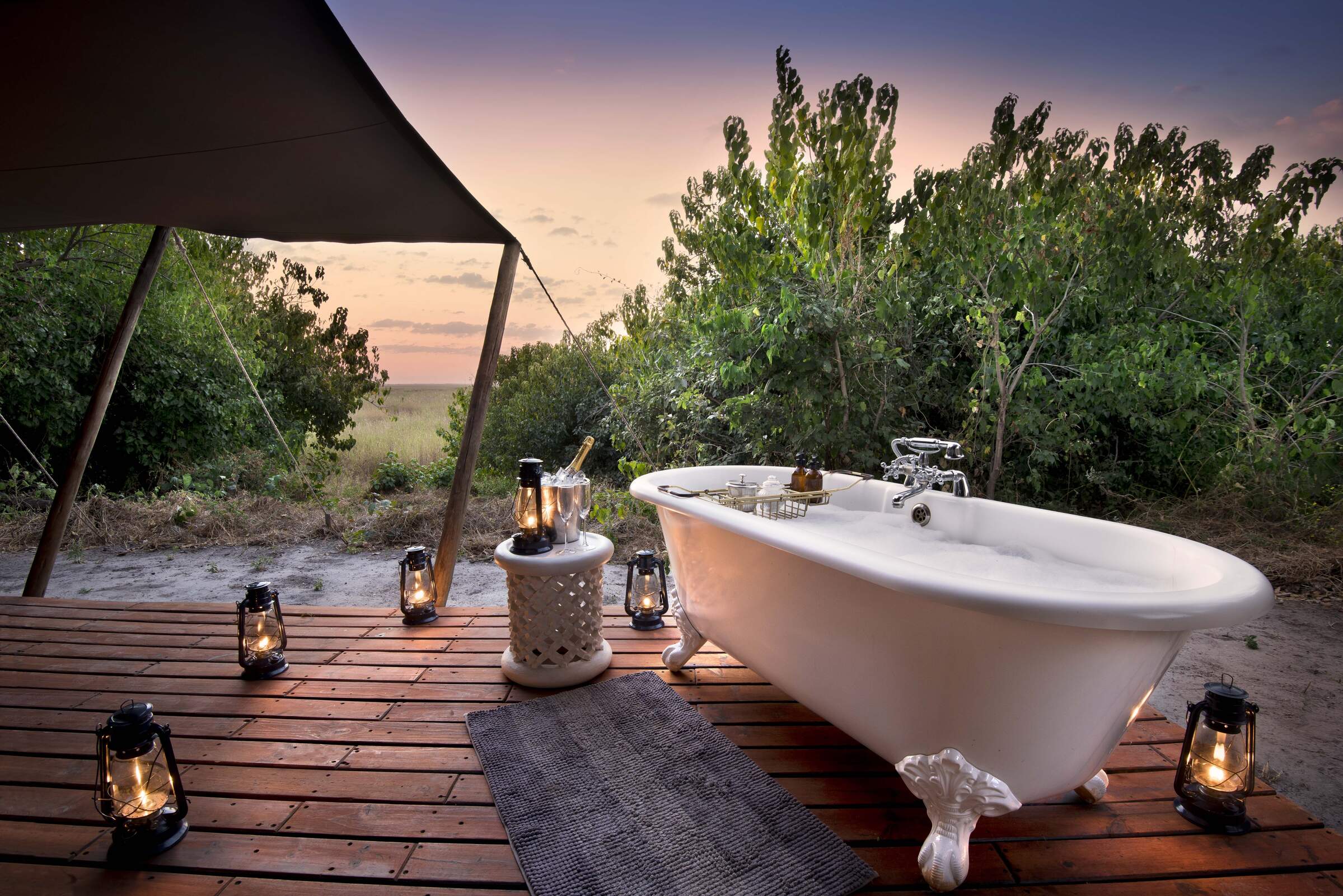
Wellbeing retreats
Wellness escapes in stunning locations
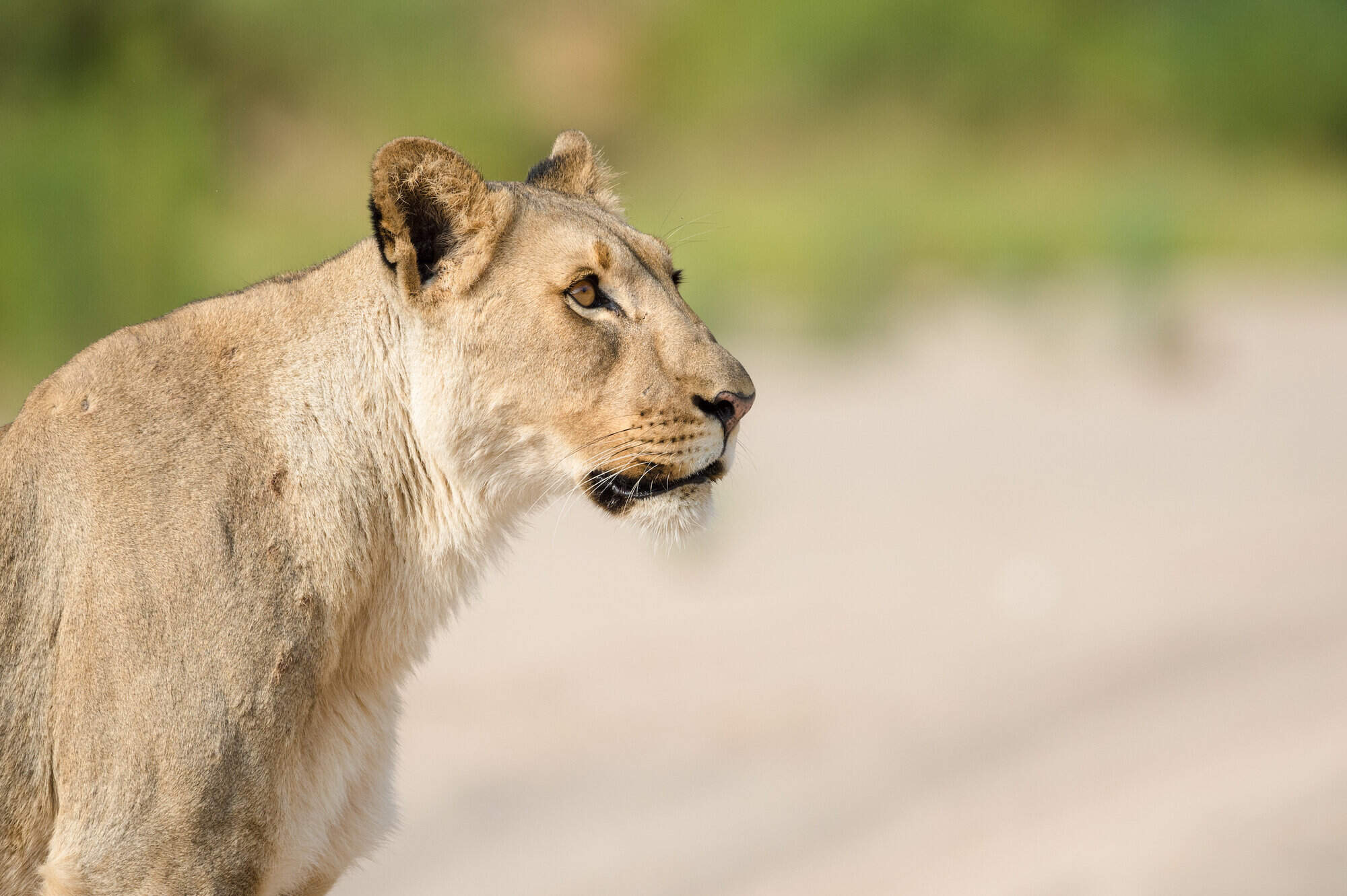
Wildlife safaris
These trips include incredible wildlife and elusive species, as well as superb guiding and a variety of diverse ecosystems.





